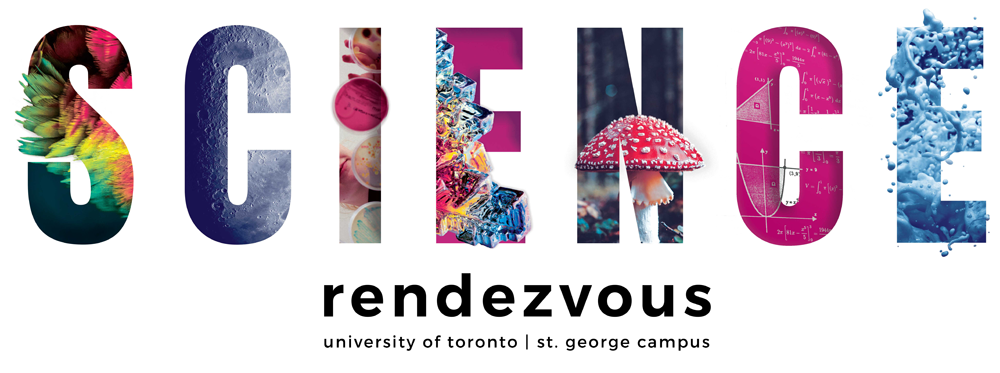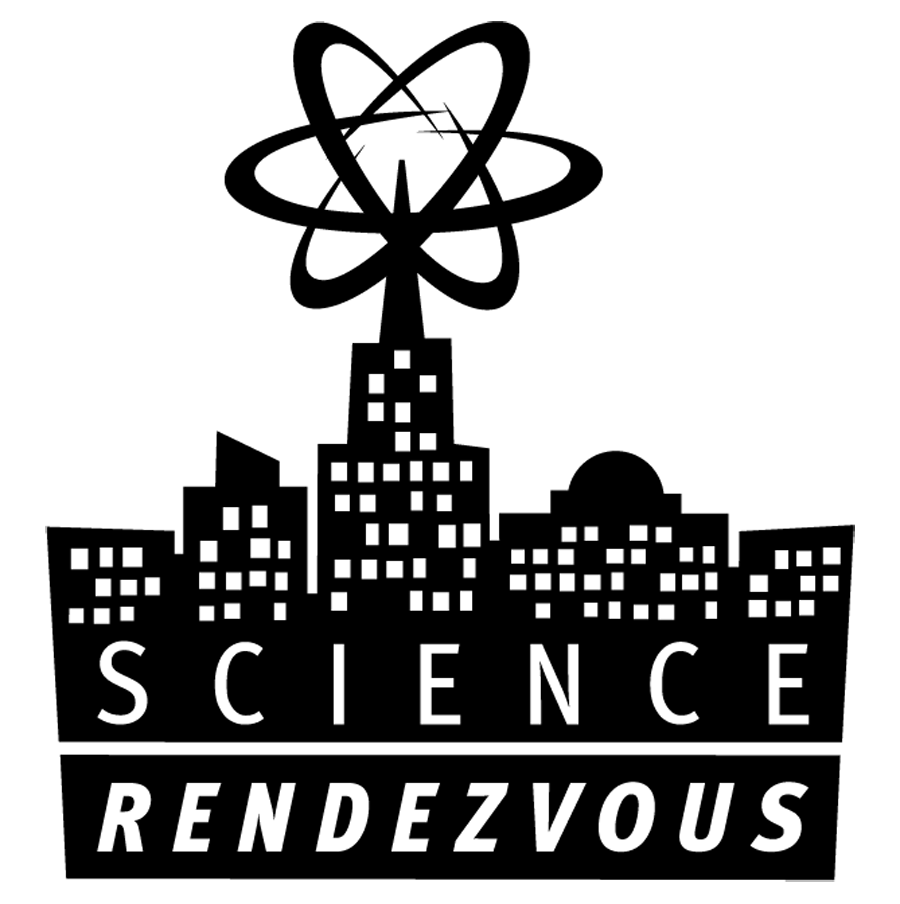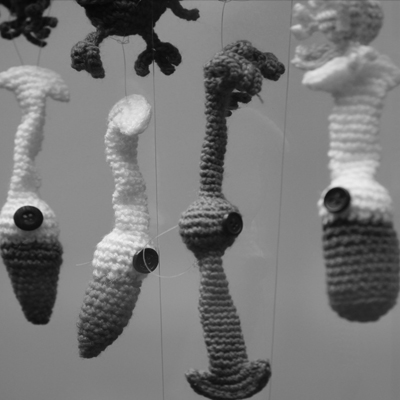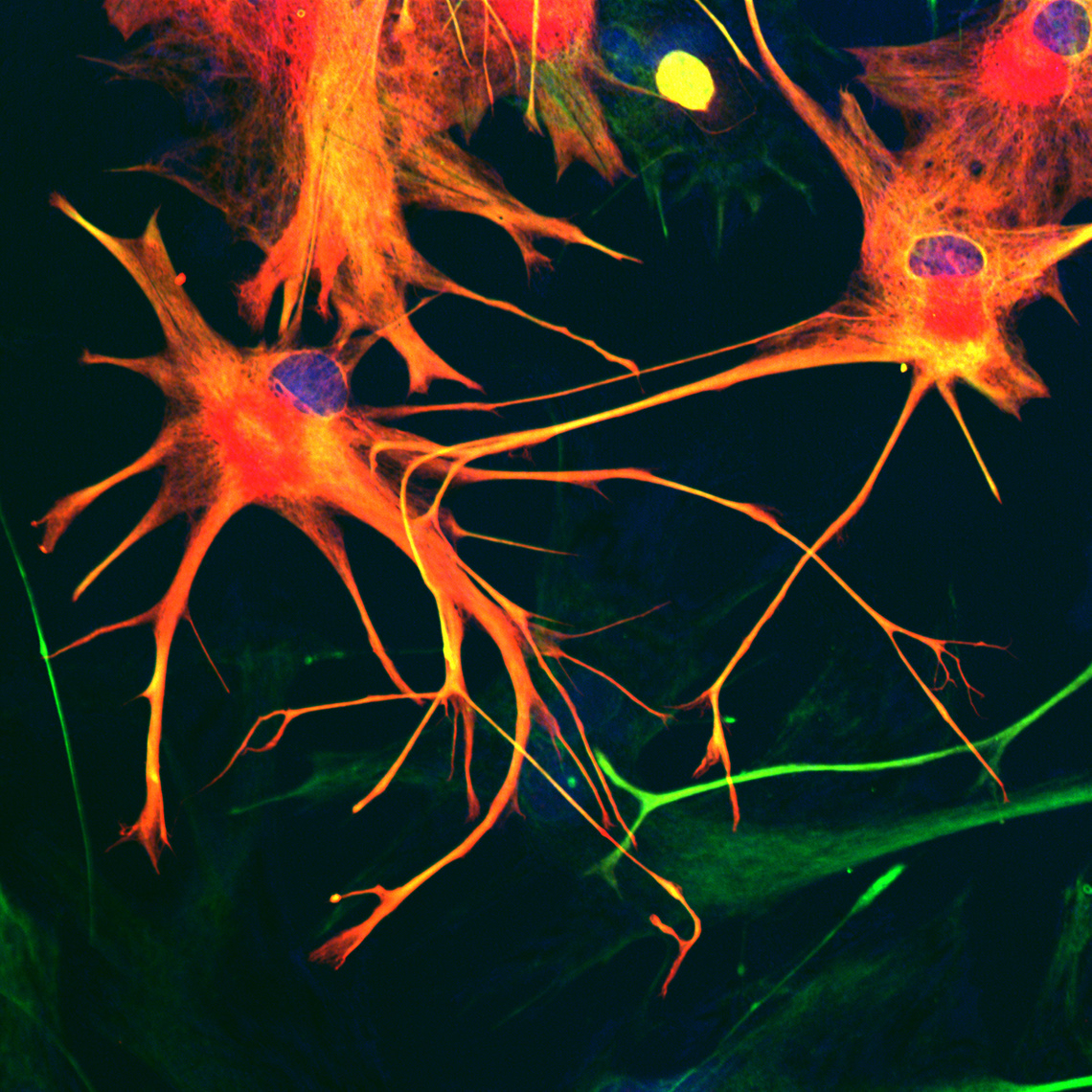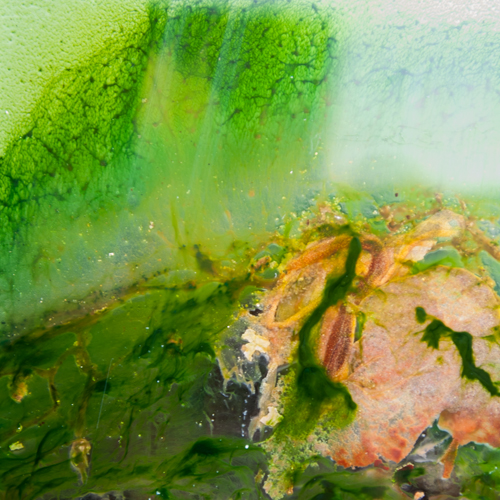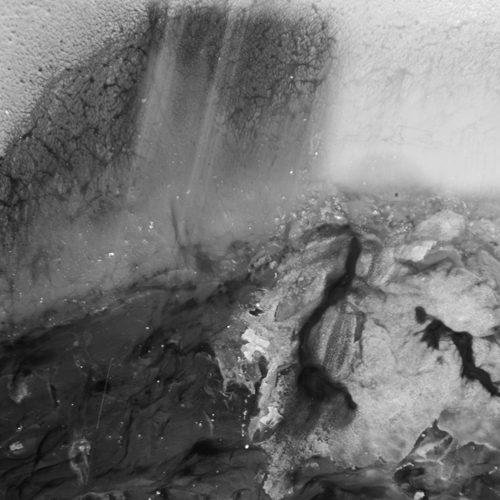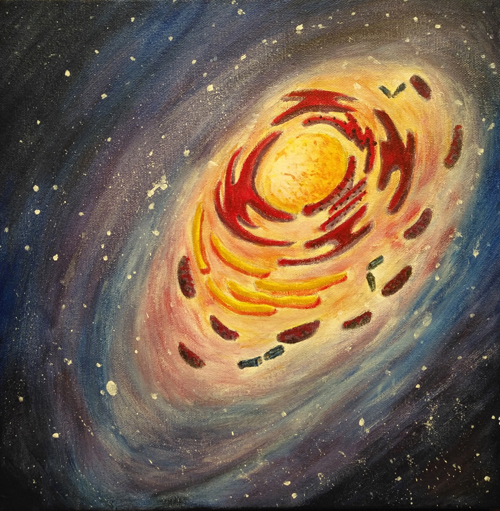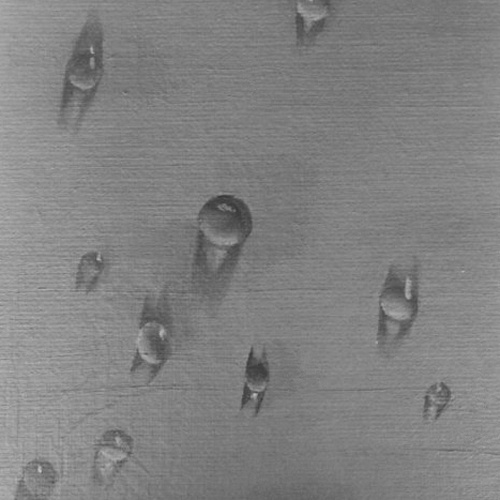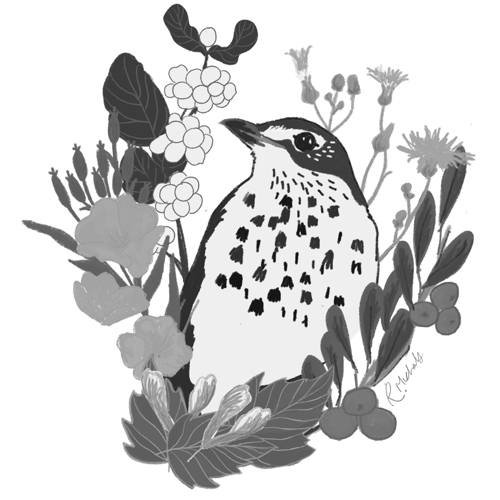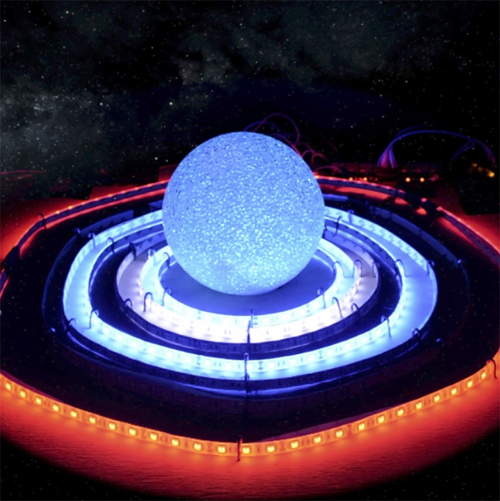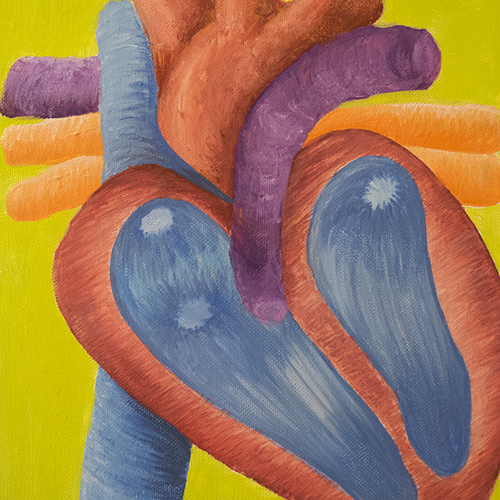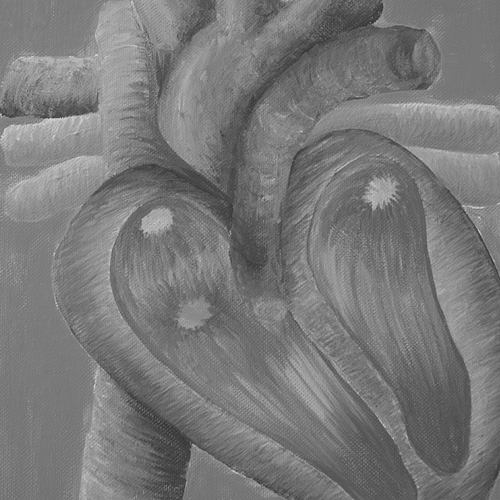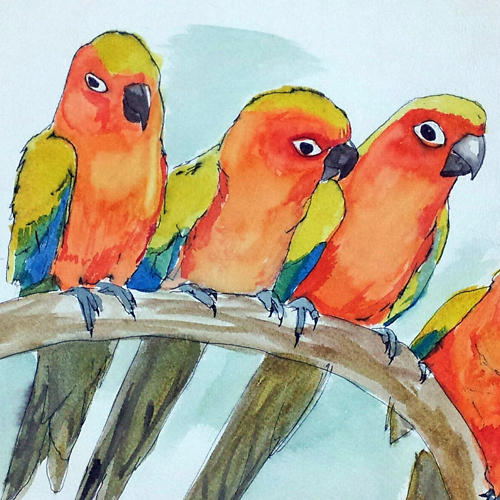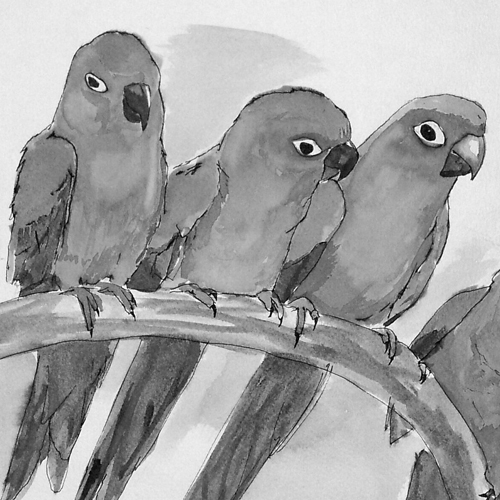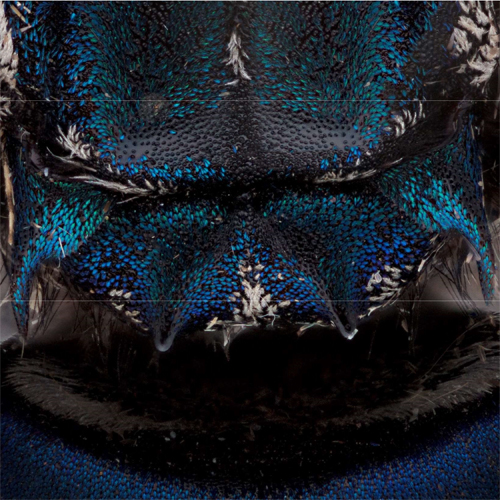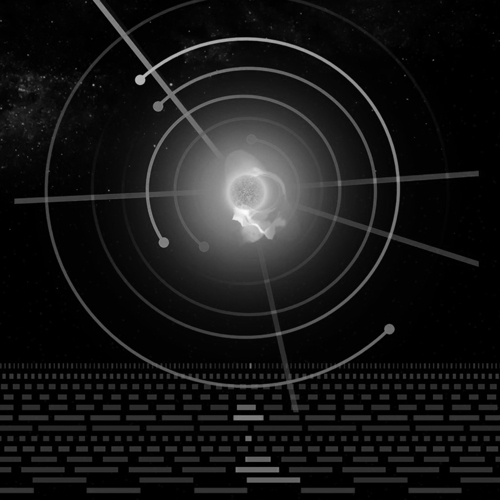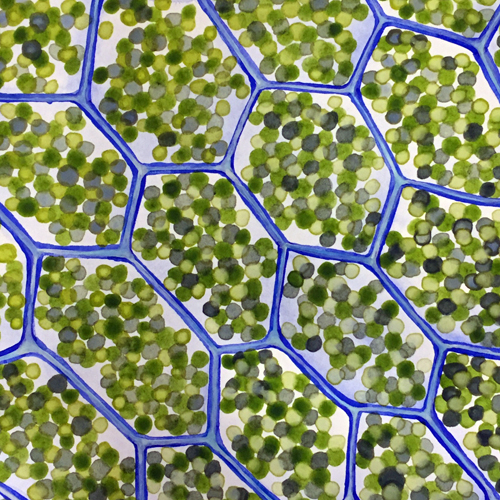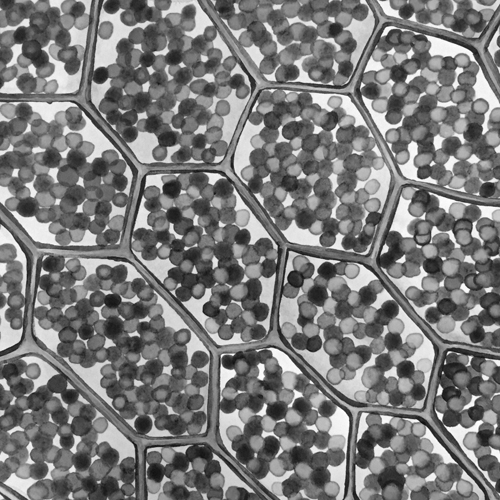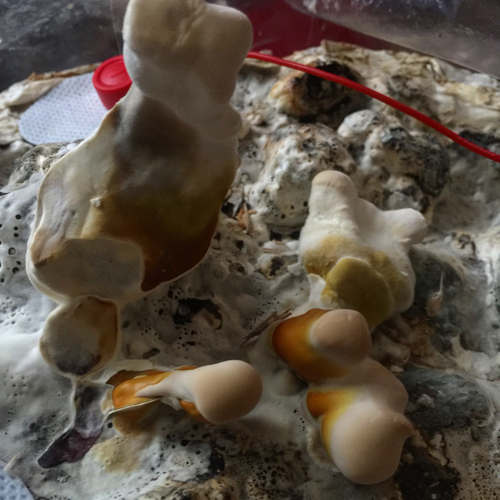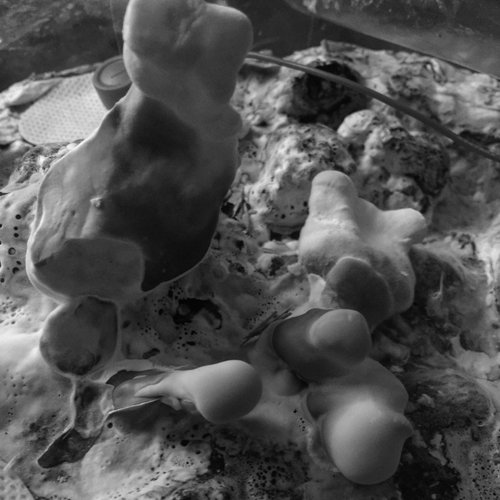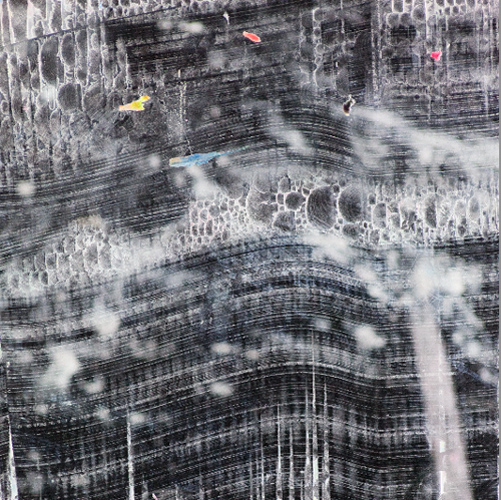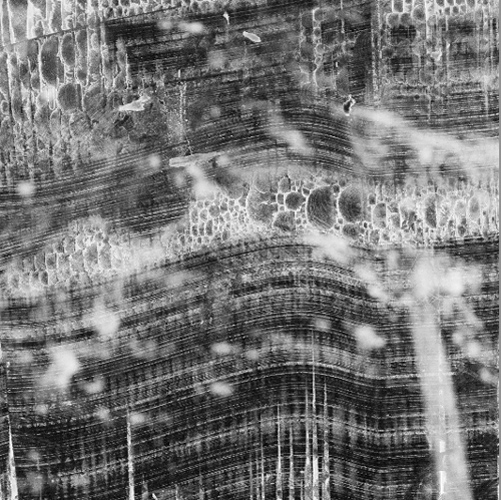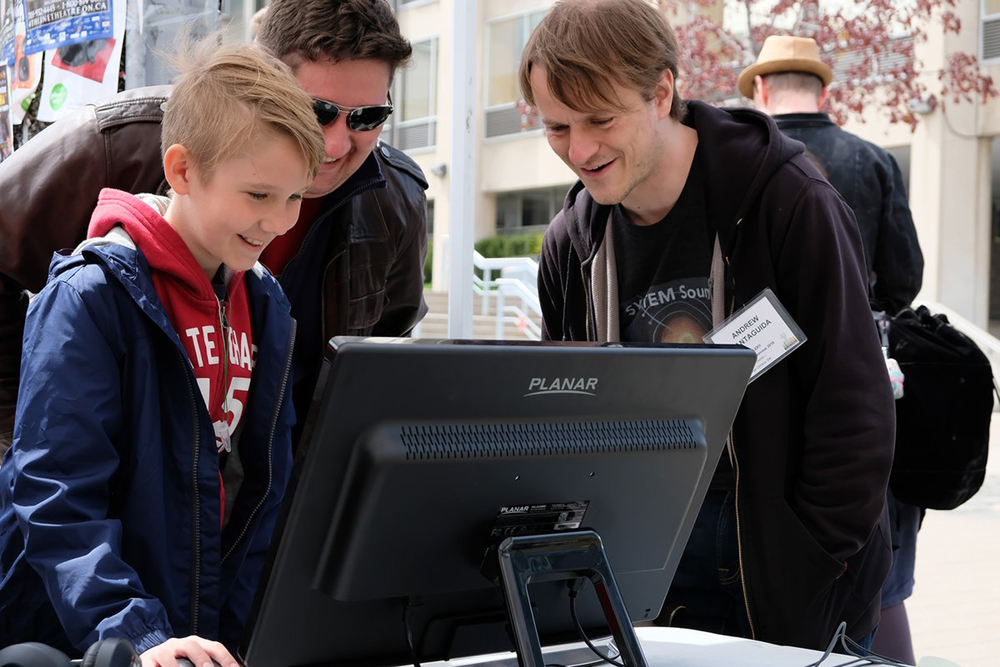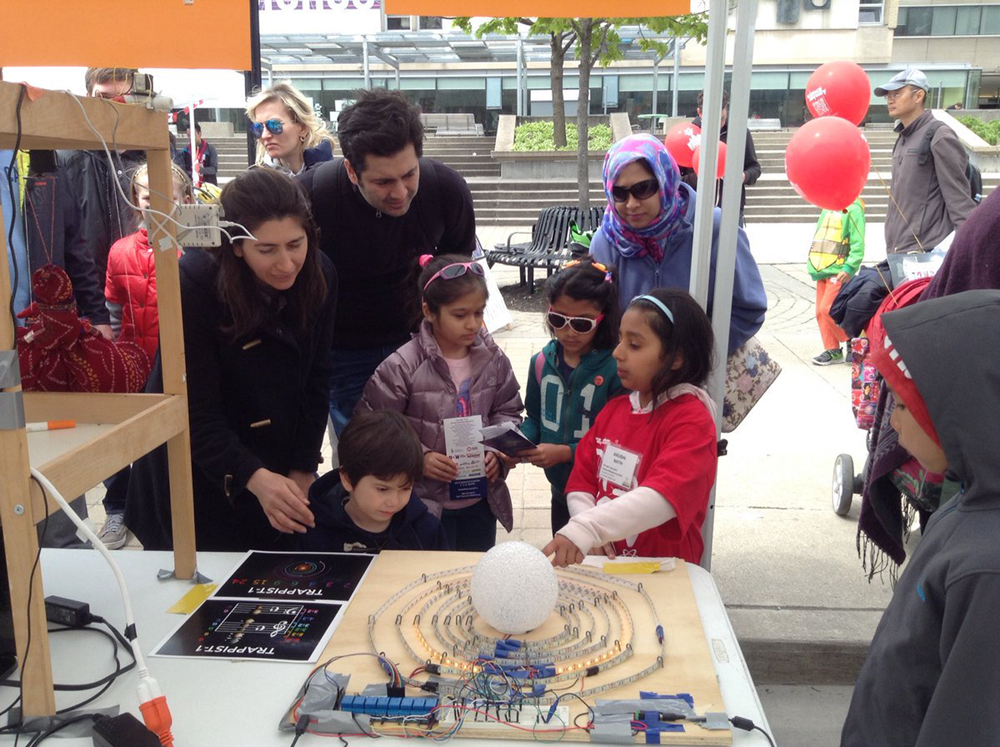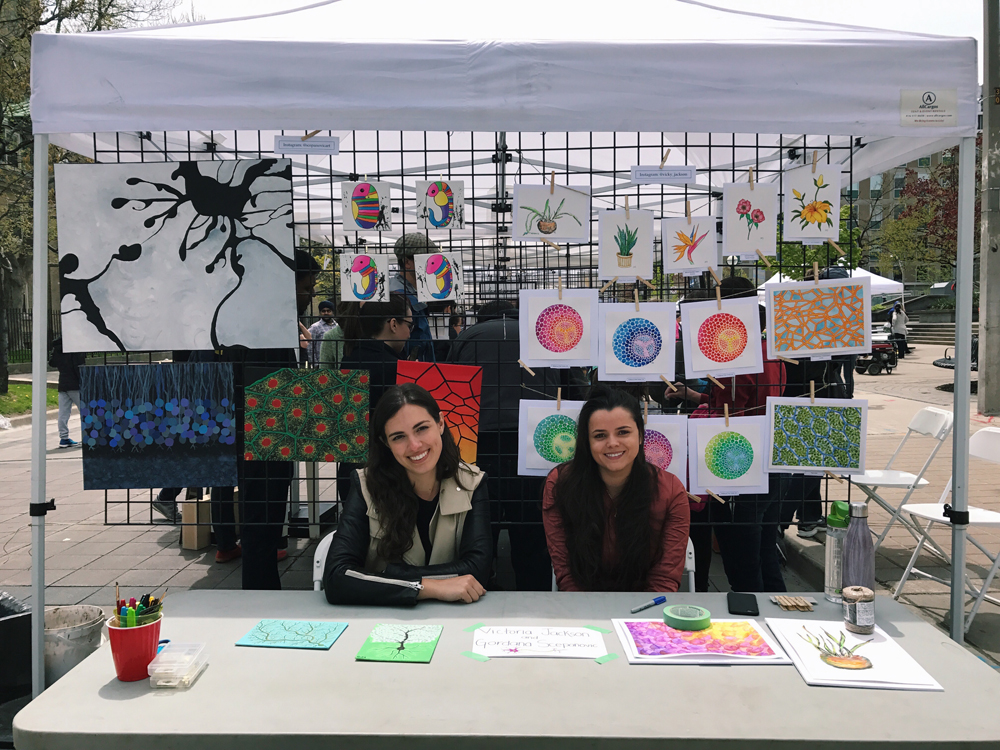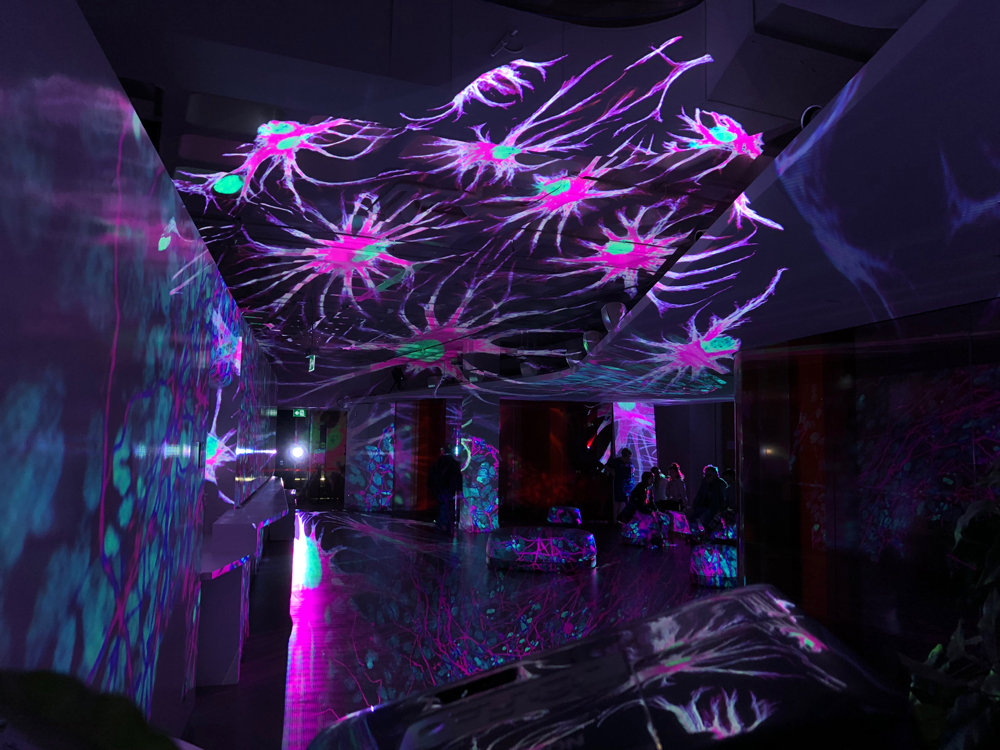Share this Exhibition
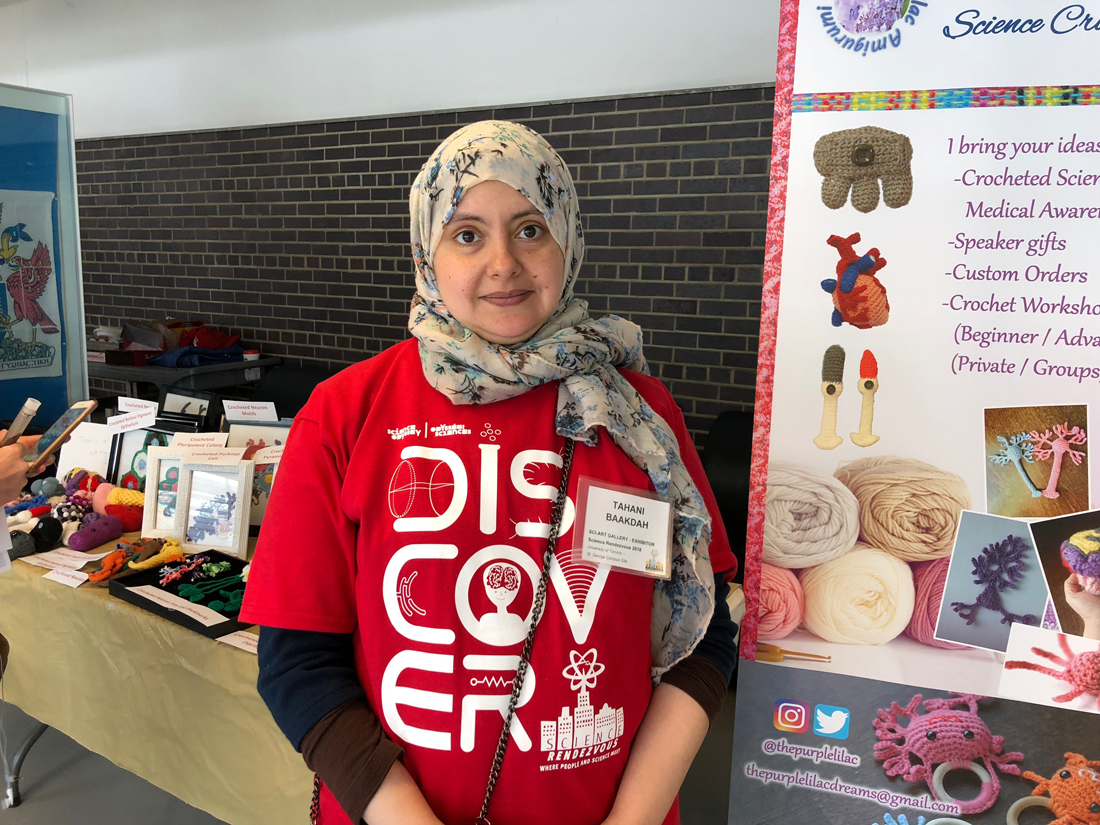
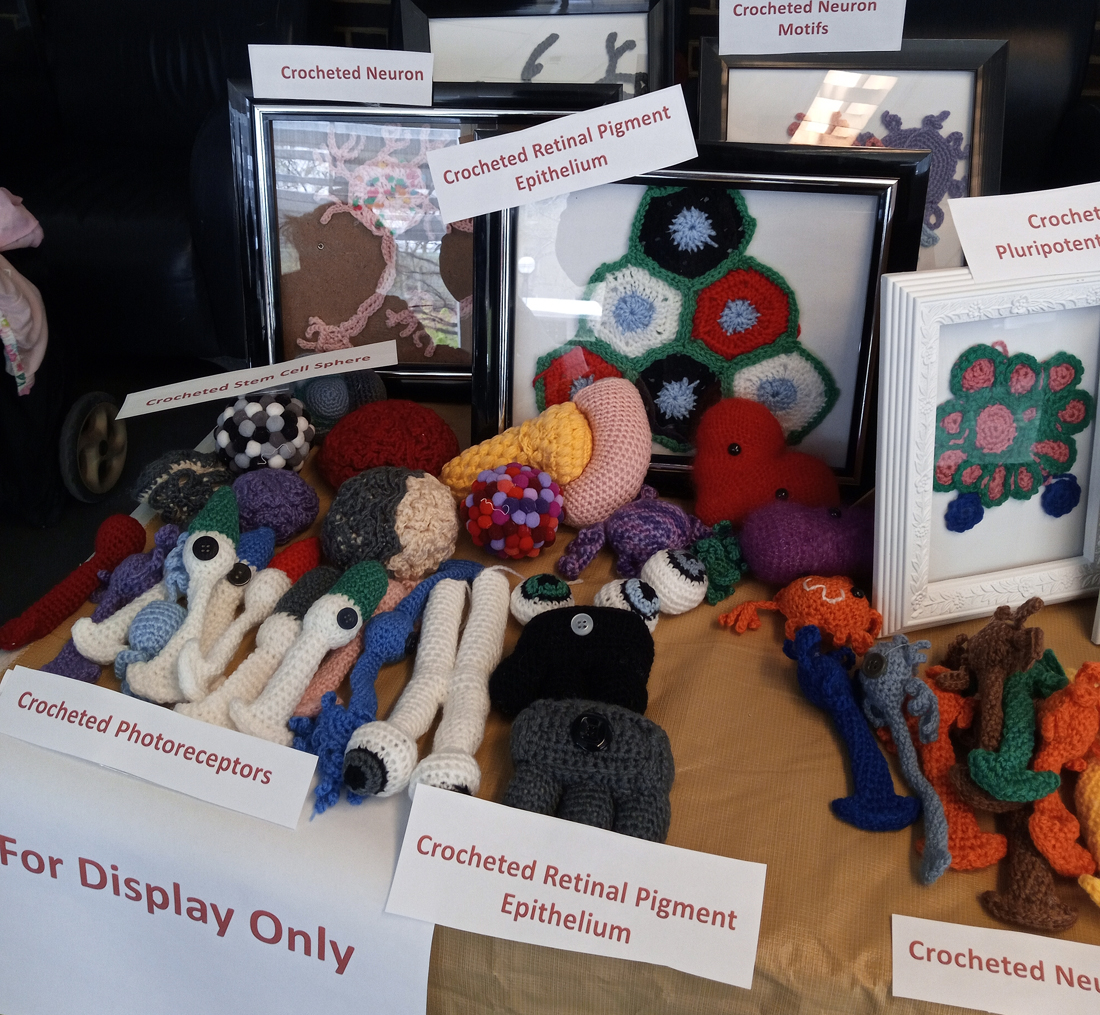
Artist Biography
Tahani Baakdhah is an MD, MSc and currently a PhD candidate at the University of Toronto. Tahani studies stem cells in the eye, how they develop and make the retina, how different cells within the retina work and how we can replace them in case of disease or injury. Tahani believes that art is a powerful tool to educate, illustrate and translate complex science concepts. With her crochet skills and artistic soul and mind Tahani has turned her PhD project into art. With hook and yarn Tahani builds the retina, not with stem cells, but with stitches, one stitch at a time. Using her creations as models, she communicates her research with the public, students and users on social media. Tahani’s passion and creativity is the fuel and her skills are her tools to create, inspire and motivate others.
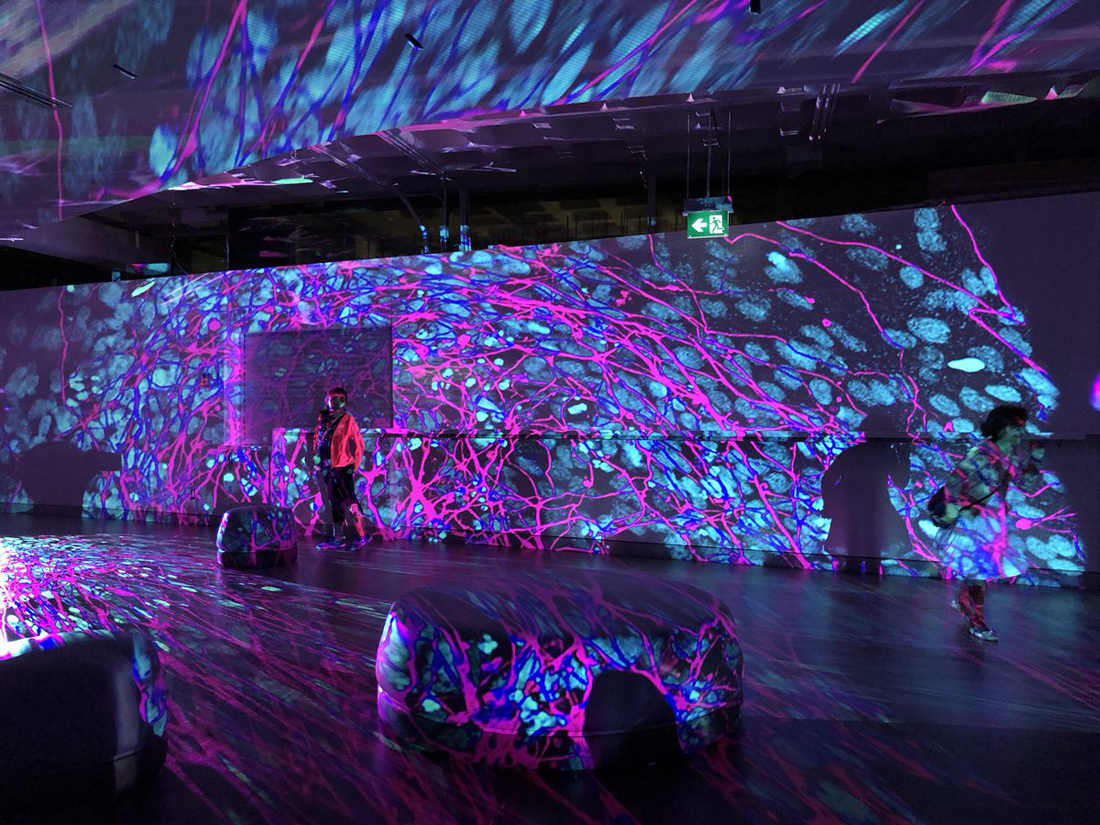
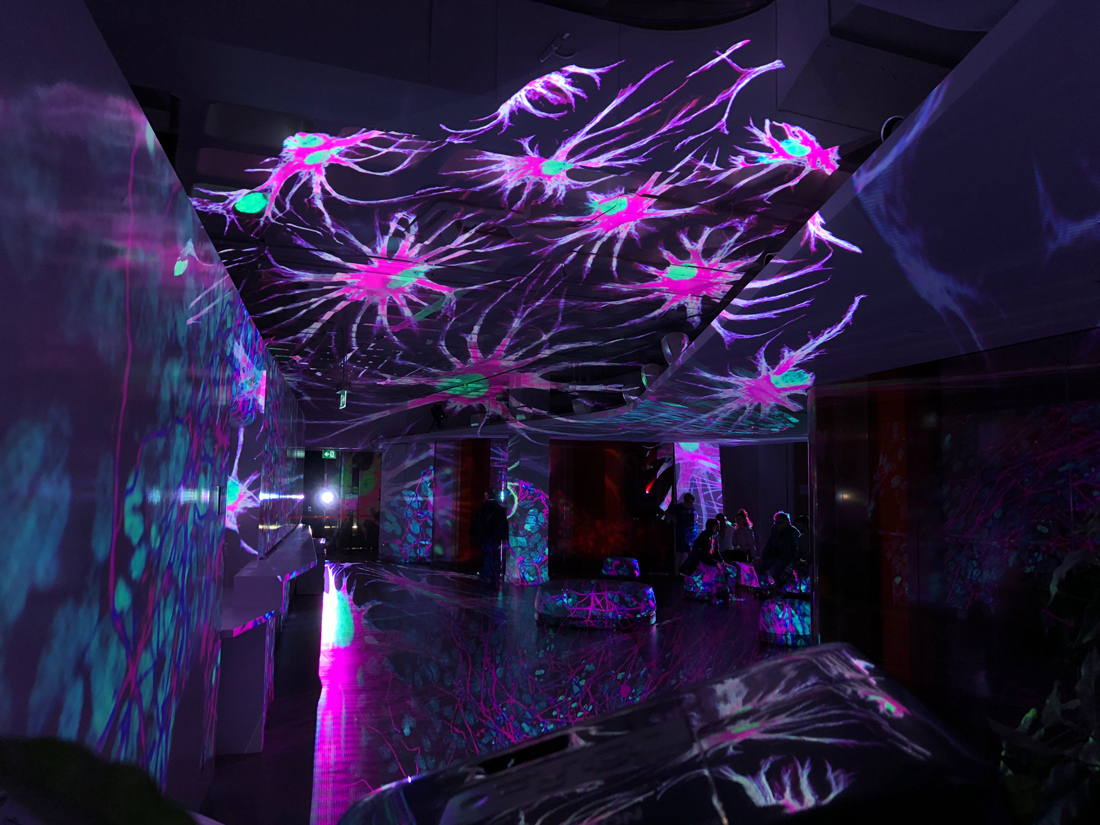
Artist Biography
Radha Chaddah is a Toronto based visual artist and scientist. Born in Owen Sound, Ontario she studied Film and Art History at Queen’s University (BAH), and Human Biology at the University of Toronto, where she received a Master of Science for her research on stem cells. Chaddah uses light as her primary medium to make art about invisible realms, from the microscopic world to electromagnetism. Her work examines the interconnected themes of knowledge, illusion, desire and the unseen world. In her studio, she designs projected light installations for public exhibition. In the laboratory, she grows and photographs cells using fluorescent light-emitting molecules. Her cell photographs and light installations have been exhibited across Canada. She has lectured on her artistic process and stem cell biology at OCADU, the University of Toronto, the Ontario Science Centre and the Textile Museum of Canada.
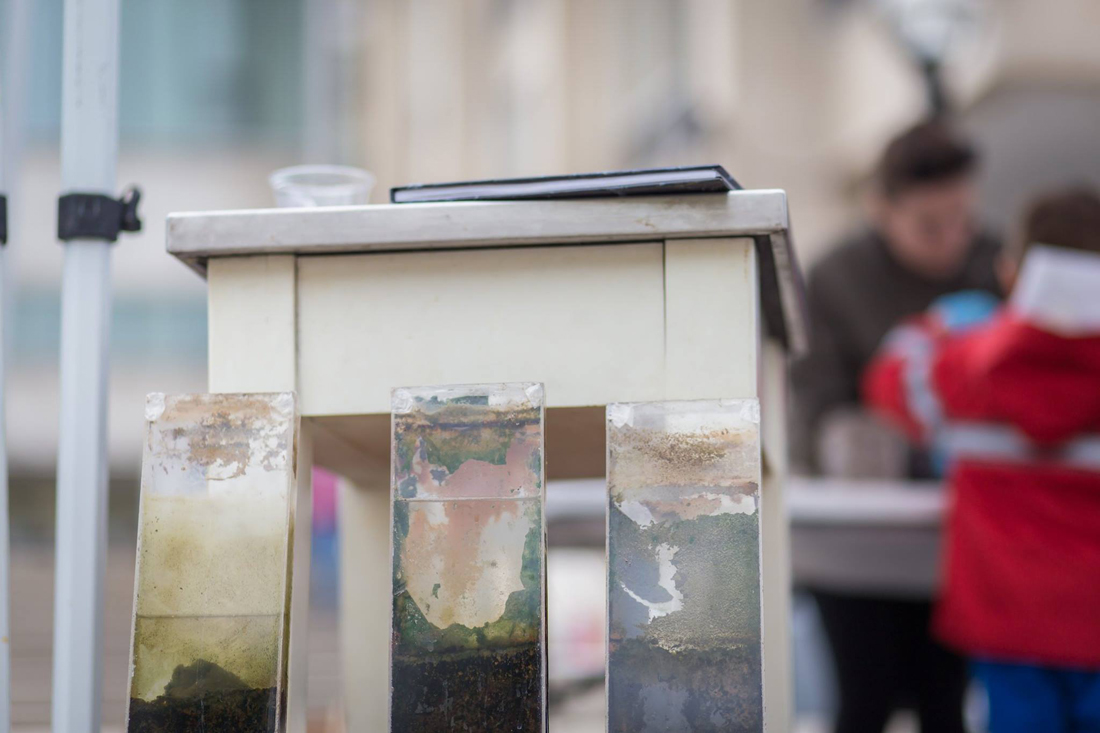
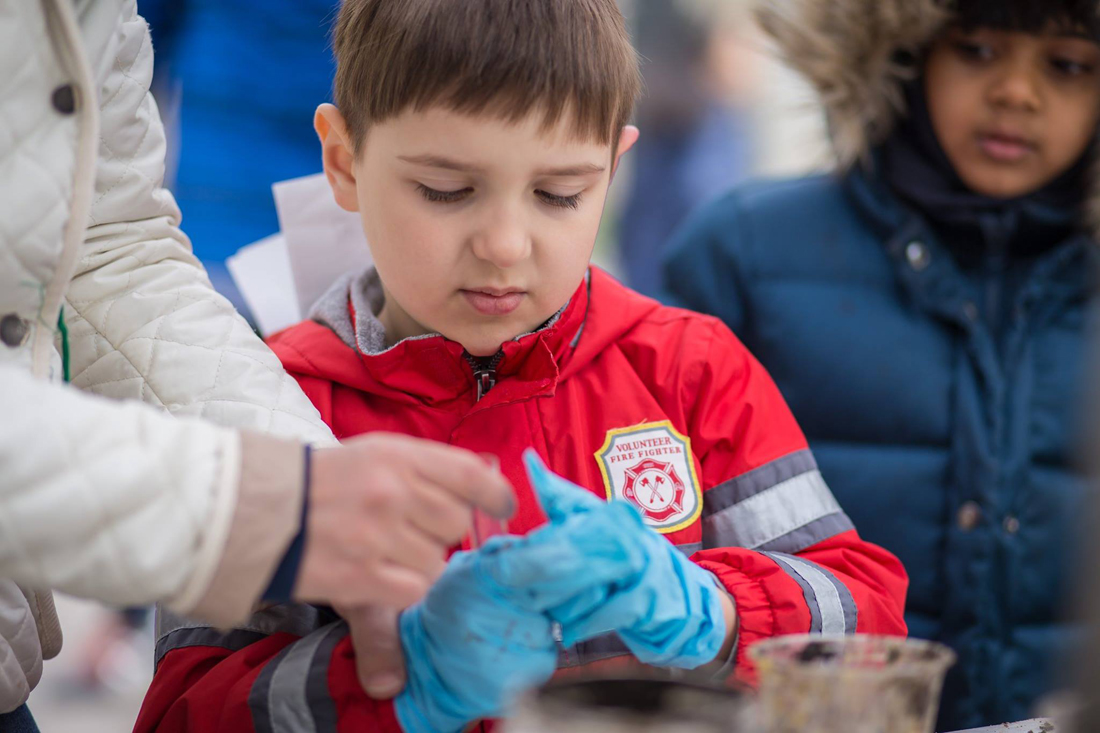
Artist Biography
Nicole Clouston is an artist completing her PhD in Visual Art at York University. In her ongoing work with the Great Lakes, she has been exploring the importance of place, memory, and our connection to a broader ecology. Nicole works with mud to expose the vast array of life in soil and the ways people are connected by it. Mud is collected and then placed along with nutrients that encourage microbial growth in clear acrylic prisms. When exposed to light, the microorganisms already present in the mud begin to flourish, becoming visible in the form of vibrant marbling. Nicole’s work with mud arose out of a desire to engage with microbial life. Microbes – organisms invisible to the naked eye – form vast, complex communities around, on, and within our bodies. We actually have ten times more microbial cells than human ones. Microbes pass in and out of our bodies, permeating what we perceive to be the barrier between ourselves and everything else. This community of microbes supports our growth, helps us eat, protects us from pathogens, produces vitamins, and much more we don’t fully understand. Although the microbial life in the work is not directly from our bodies, it calls attention to the complex web of microbes that we are dependent upon.
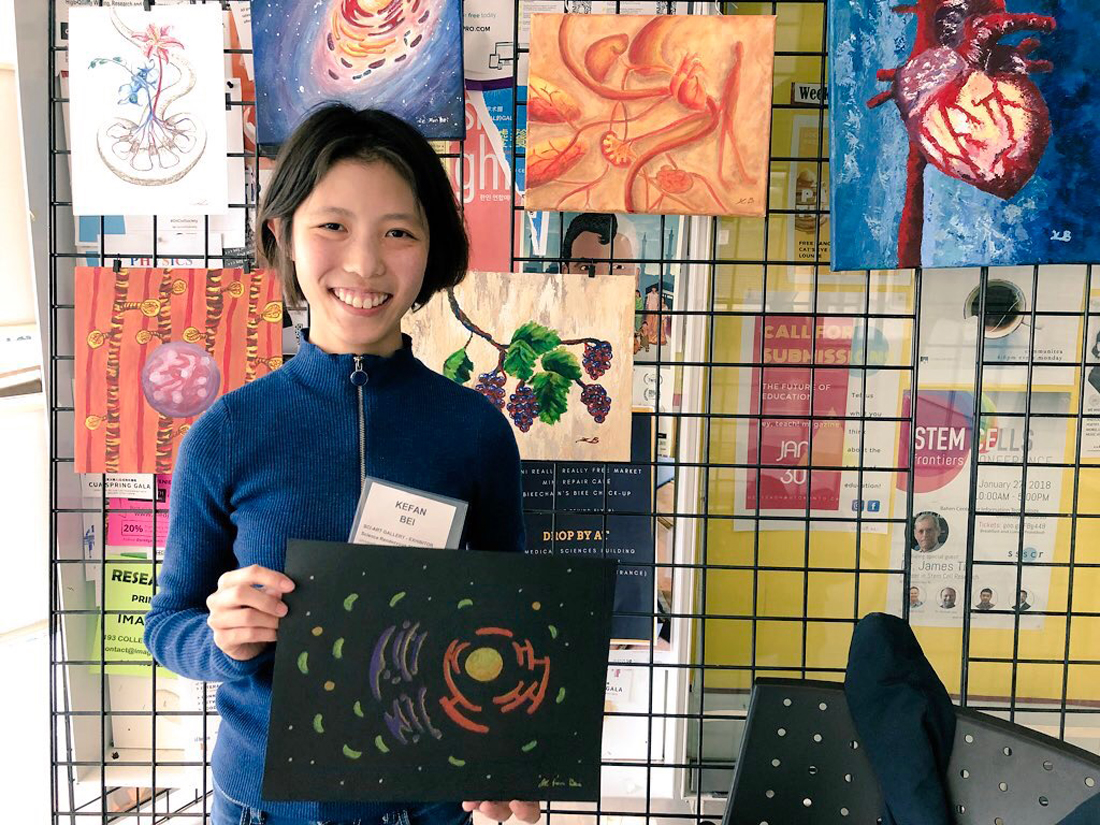
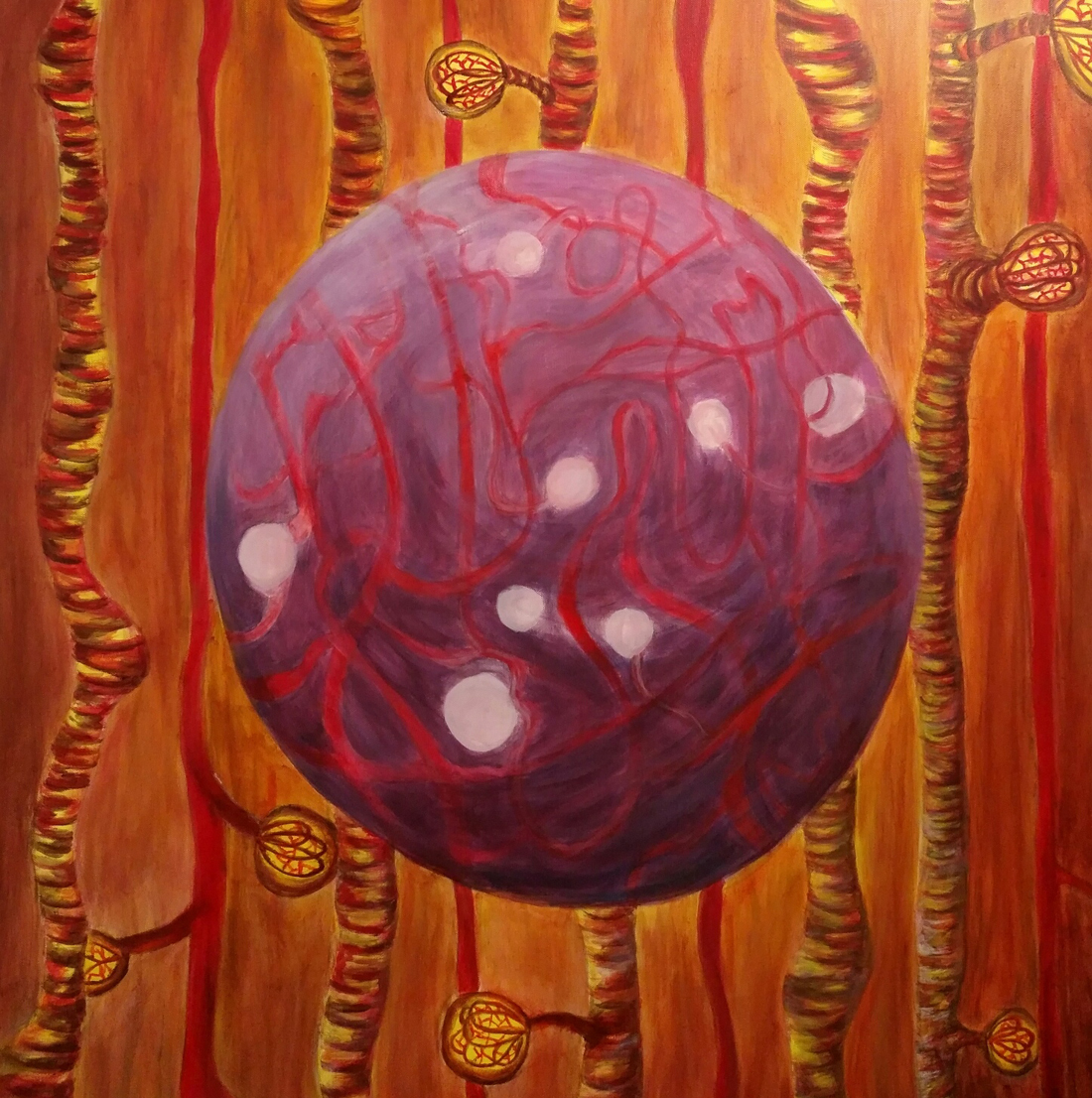
Artist Biography
Ke Fan Bei is an undergraduate immunology specialist student at the University of Toronto and she loves to paint between her studies. Enrolled in a visual arts program at her high school, she was able to develop her skills. As both a science student and young artist, Ke utilizes acrylic and oil to explore the bridge between the two worlds. A microscopic cell can be easily reflected in the form of stars and planets and, lungs can be seen as a tree. Ke also loves to explore other traditional and non-traditional mediums such as watercolor and yarn. In preparation for the upcoming SciArt Gallery, Ke is painting more interdisciplinary artworks exploring the connection between science and art.
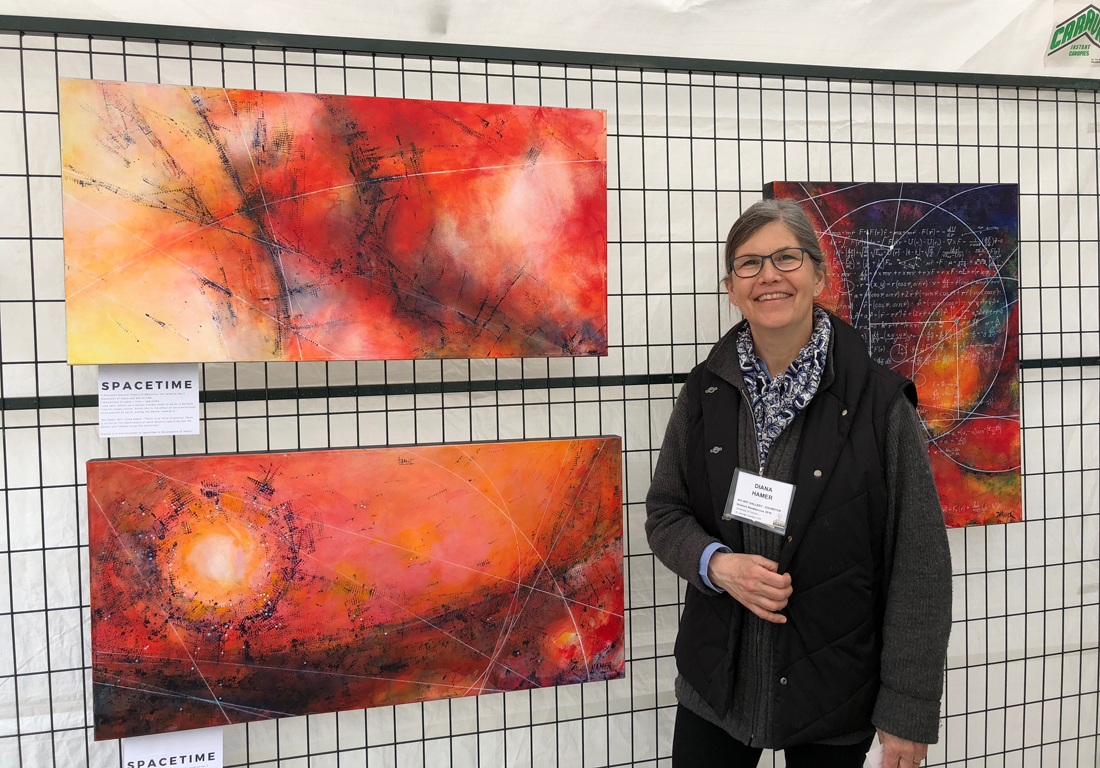

Artist Biography
Diana Hamer is a visual artist, celebrationist and MD Emeritus. In 2015, Diana showed a series of 36 dog portraits at The Toronto Outdoor Art Exhibition at Nathan Philips Square. The series explored mammalian facial expression and its role as a powerful communicator of emotion. She brings a new series of portraits to Science Rendezvous; portraits of the universe. Combining abstract images and the beautiful notation of mathematics, the series named “Entropy and Order” explores concepts in classical and quantum physics, including spacetime, dark matter, gravity and quantum states. Science and technology have enabled humans to observe and understand the natural world beyond the scope of our everyday senses. They give us even more opportunity to be filled with wonder and awe about the natural world.
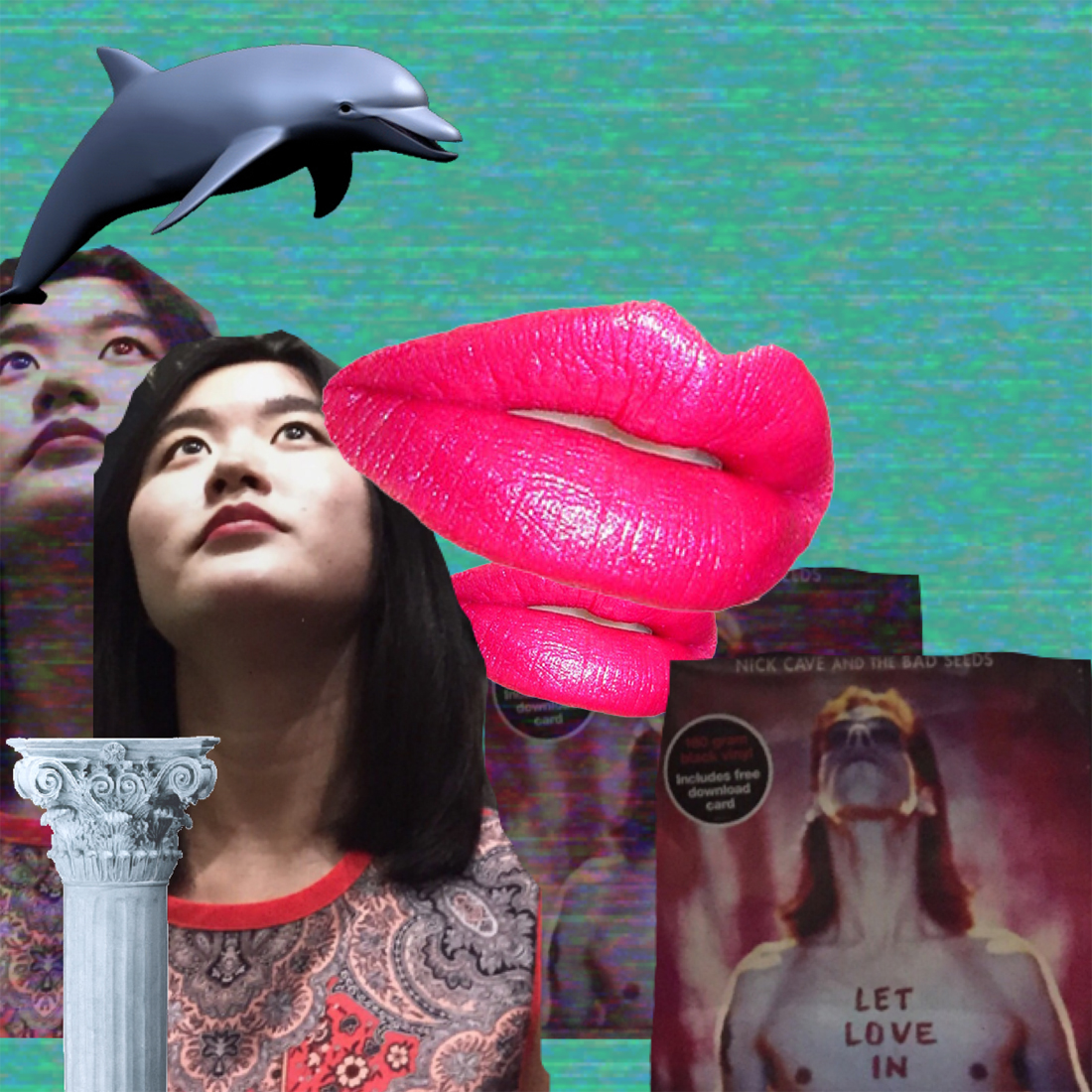

Artist Biography
Jianing Lu is an undergraduate student with the Department of Physics at the University of Toronto and uses different forms of creative expression to discuss the questions brought up by the process of scientific discovery: from the dawn of humanity to the cyber era. She has been studying visual arts since the age of five with most of her earlier art education under the direction of Mr. Xue Wen Biao (薛文彪), a famous art educator based in Shanghai, China. Jianing has always been fascinated by how science and art intersect: Natural laws reflect a sense of artistic beauty, and the beauty is, in essence, rational and based on order and symmetry.

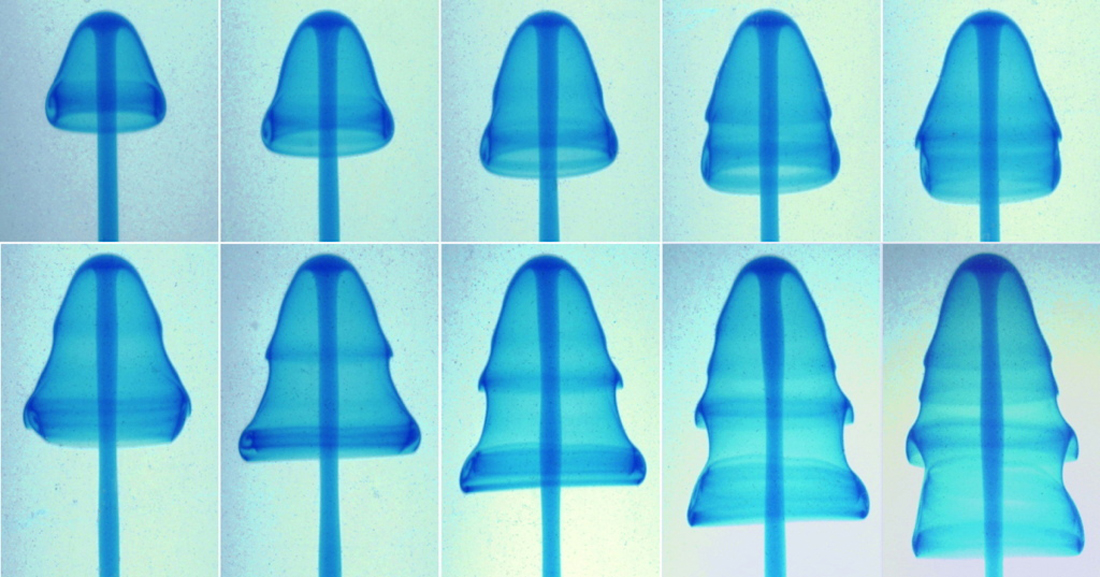
Artist Biography
Stephen Morris is interested in self-organized, emergent patterns and textures. Stephen Morris is a Professor in the Department of Physics at the University of Toronto and takes photos of patterns both from the natural world and of experiments in his laboratory. Patterns naturally attract casual attention but are also the subject of serious scientific research. Some things just evolve all by themselves into strikingly regular shapes and textures. Why? These shapes emerge spontaneously from a dynamic process of growing, folding, cracking, wrinkling, branching, flowing and other kinds of morphological development. Stephen Morris’ photos are informed by the scientific aesthetic of nonlinear physics, and mathematics lurks behind every image for those who know where to look for it. But no special knowledge is required to appreciate the results. Each image shows an object, sometimes quite small and often familiar, with a self-composed regular structure. Some images are from laboratory physics experiments and some are from Nature, and all celebrate the subtle interplay of order and complexity in emergent patterns. Stephen Morris’ photos are a kind of “Scientific Folk Art” of the science of Emergence.
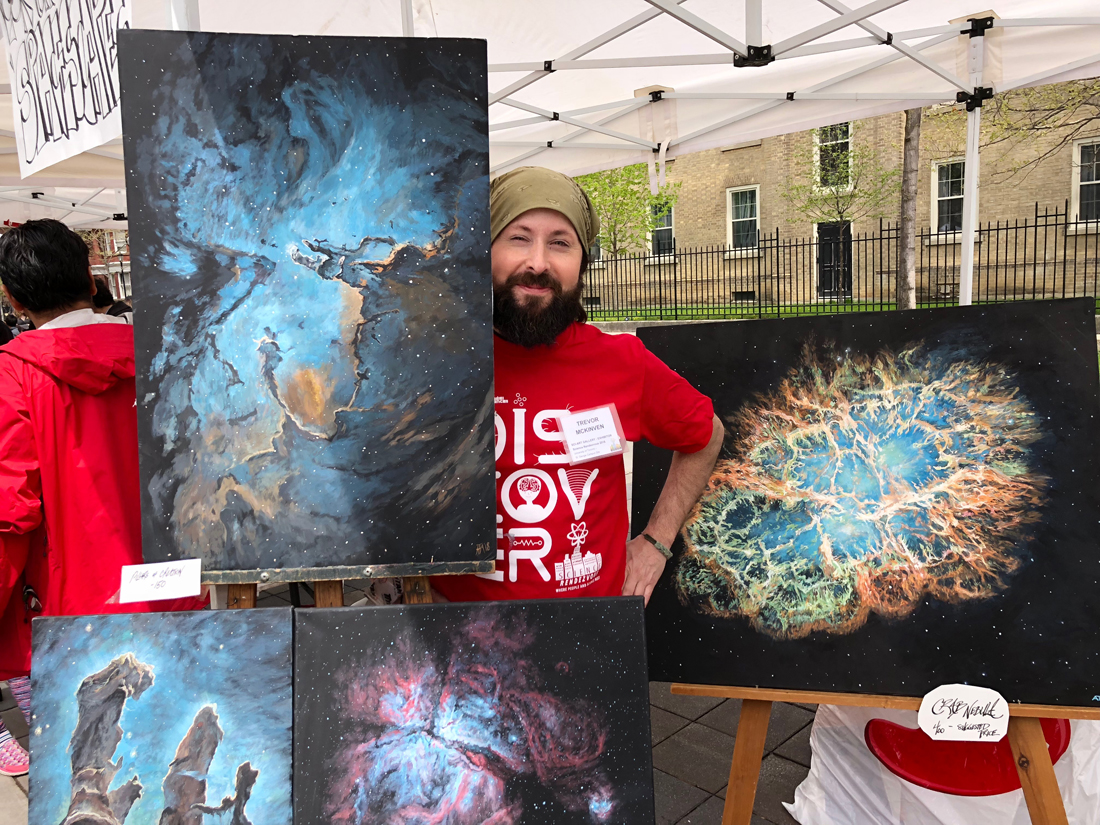

Artist Biography
Trevor Mckinven refers to himself as an accidental artist. Being born and raised in the rural region of the Eastern townships on Quebec, he was not exposed to many artistic opportunities growing up. Growing up, he leaned towards the sciences/mathematics with painting/sketching a pure hobby. Only after a move to Europe did Trevor become more entrenched and passionate about creating and exploring the world of art. With 15 years of shows and hundreds of commissions, Trevor’s paintings hang in private collections throughout North America, Europe, Asia and Australia. Though most of Trevor’s work is realist comprising of highly detailed landscapes, urbanscapes and portraiture, Trevor continually seeks to grow and morph into other stylistic choices and subjects. A recent foray into 'Astroscapes’ came through the process of capturing the Crab Nebula on canvas, which spurned a passion to paint more other-worldly images and linked Trevor’s artistic endeavors to his scientific interests. The ‘Astroscapes’ provide the opportunity to explore the ties between these vastly different worlds uniting on canvas. Trevor paints these pieces with pure pleasure and hopes this comes across on canvas.
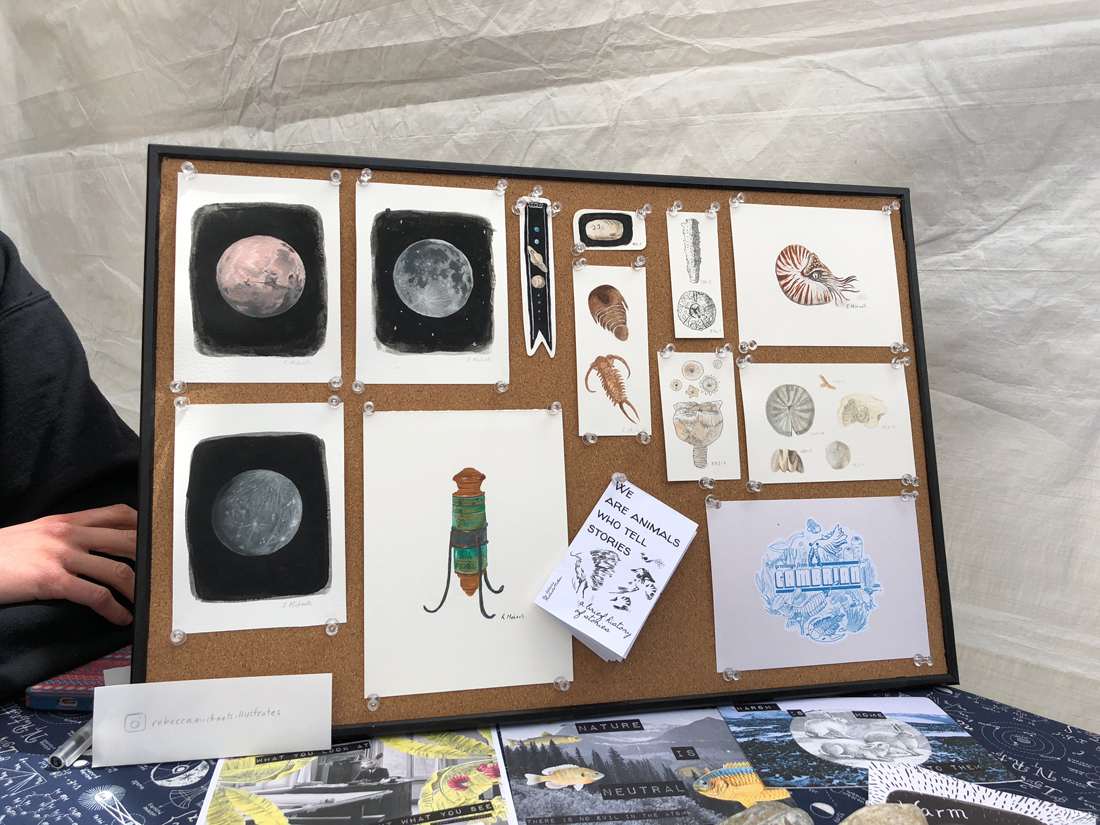
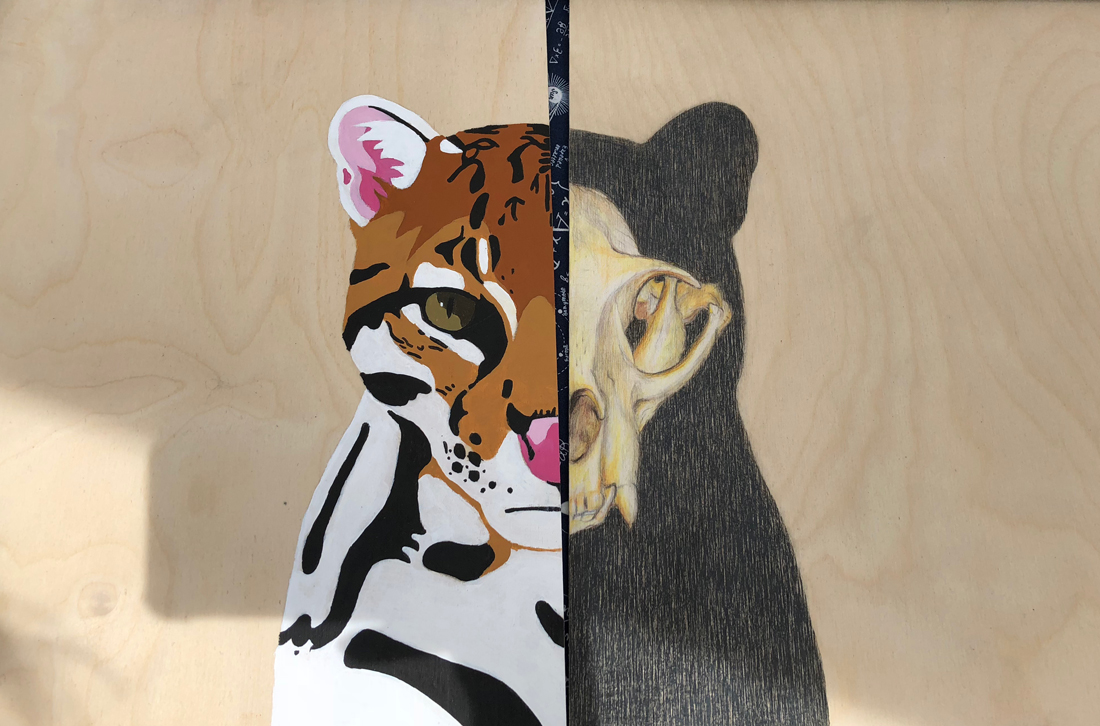
Artist Biography
Rebecca Michaels-Walker is a 2nd year student at the University of Toronto. She is passionate about science communication and loves nothing more than creating connections between her major in Ecology & Evolutionary Biology and her two minors in Visual Studies and English. Rebecca is an aspiring illustrator and believes that the best way to learn and teach science is through an application of creativity.
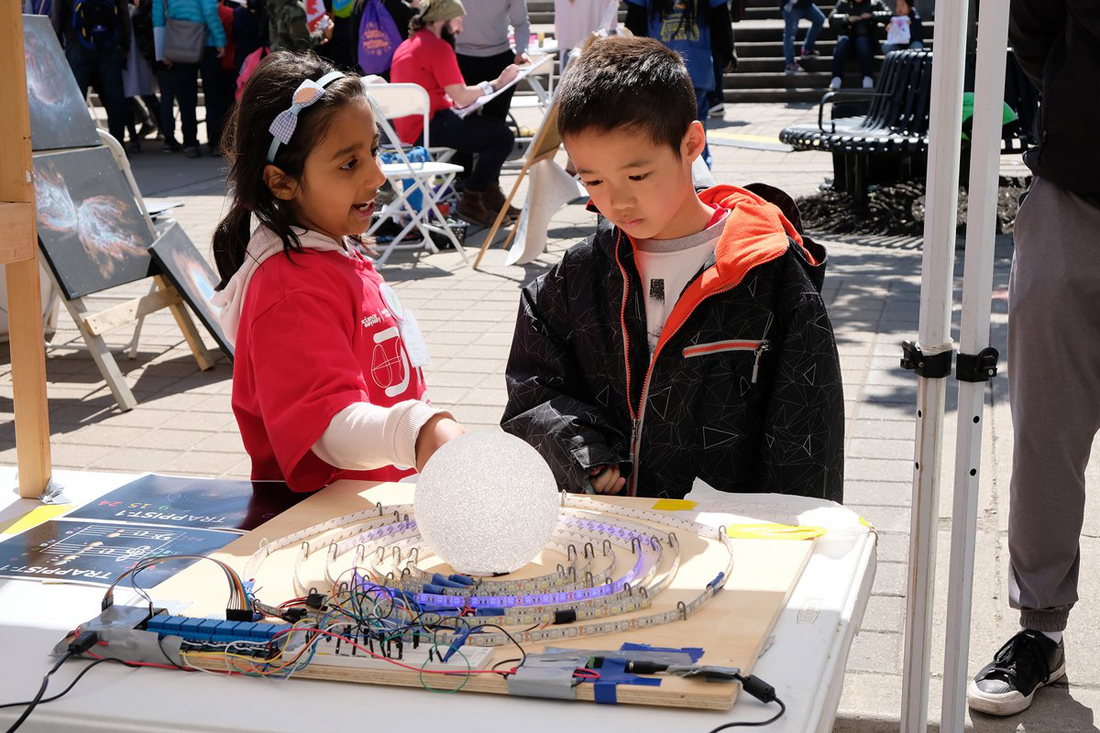
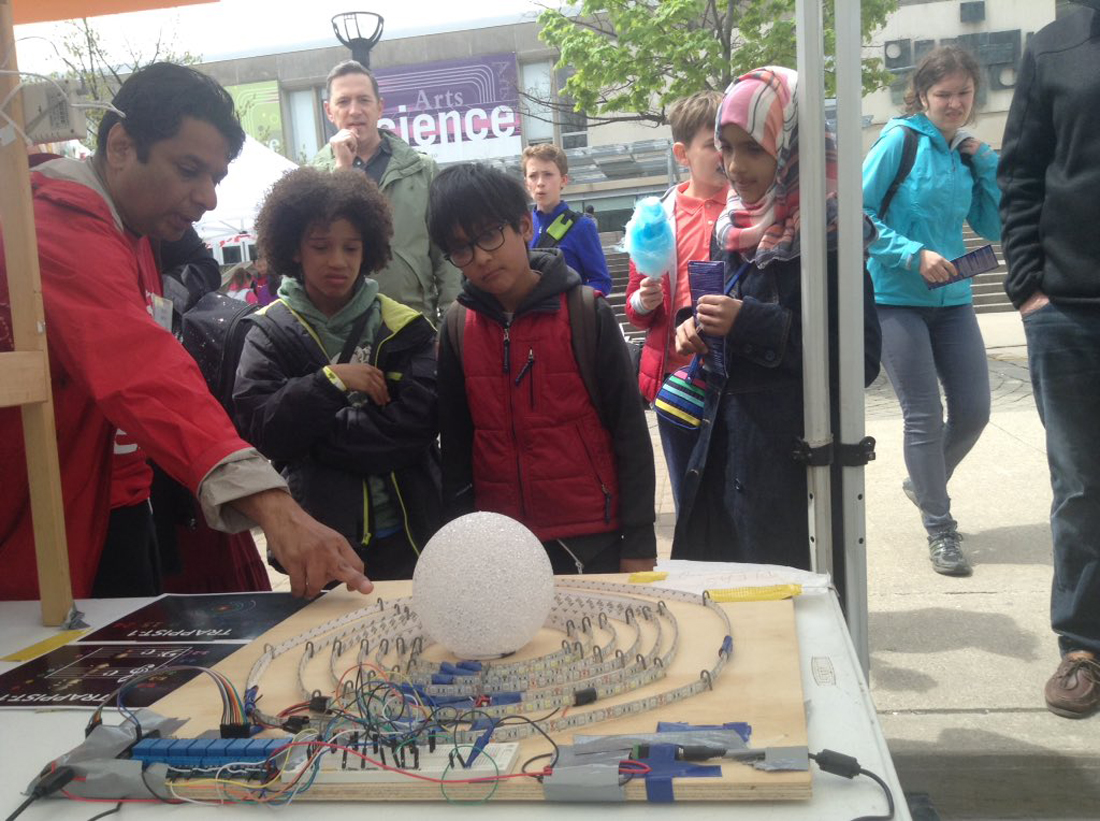
Artist Biography
HotPopRobot is a maker-family enterprise co-founded by family members Artash (11 years), Arushi (8 years), Rati and Vikas to bring discussion on science, space exploration, and technology in everyday conversation. They have made over 20 space projects which have been displayed at the Ontario Science Centre, Maker Festival (Toronto) and won the Canada Space Apps Challenge as well as the NASA Space Apps Challenge in 2017. Their most recent project is a Sound and Visual show on the Trappist1 planetary system, which was displayed for three days at the SciTechArt Fair at the Ontario Science Centre and has been recognised by Michael Gillon, the discover of the Trappist1 System. HotPopRobot encourages families and kids to become creators and not just consumers, by undertaking projects on space, robotics, artificial intelligence, and science.
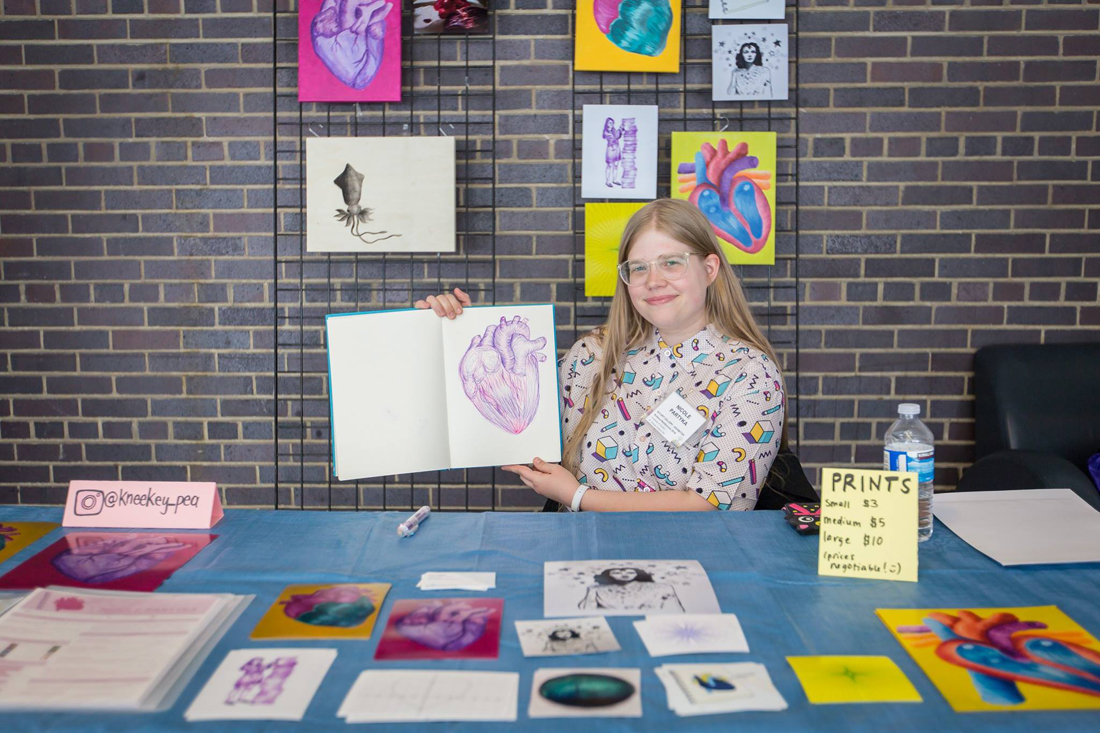
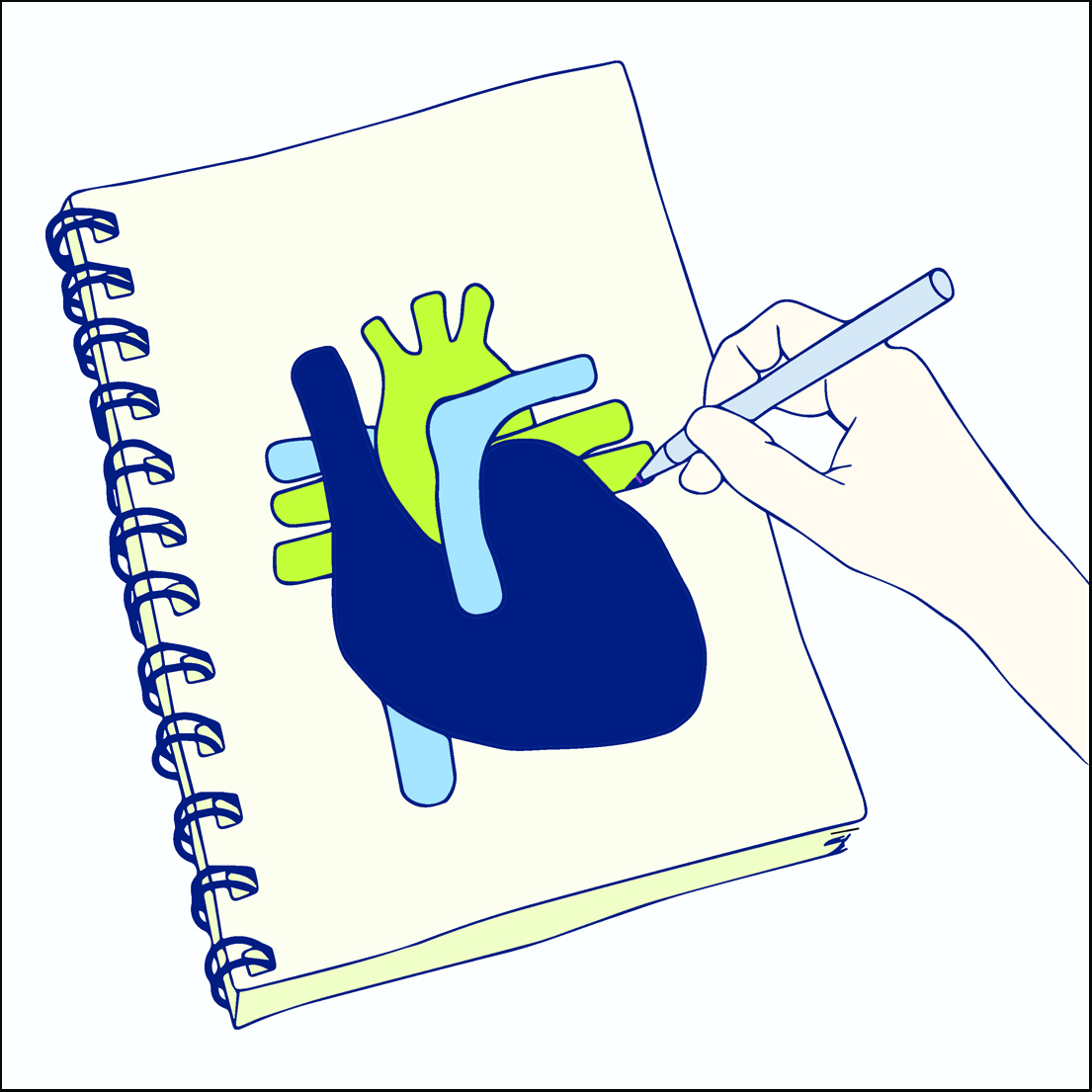
Artist Biography
Nicole Partyka is a queer artist and science lover based in Toronto, Ontario. She holds a degree in Human Biology: Health and Disease, and a diploma in Media Communications. Nicole has a love of digital illustration, painting, and writing, all of which she hopes to combine to create a career in science communications. Her particular interests in science are virology, astronomy, theoretical physics, entomology, evolutionary biology, science education and of course, the heart. Nicole is also a huge science fiction fan, particularly Star Trek, where all her film, art, and nerdy science interests collide!
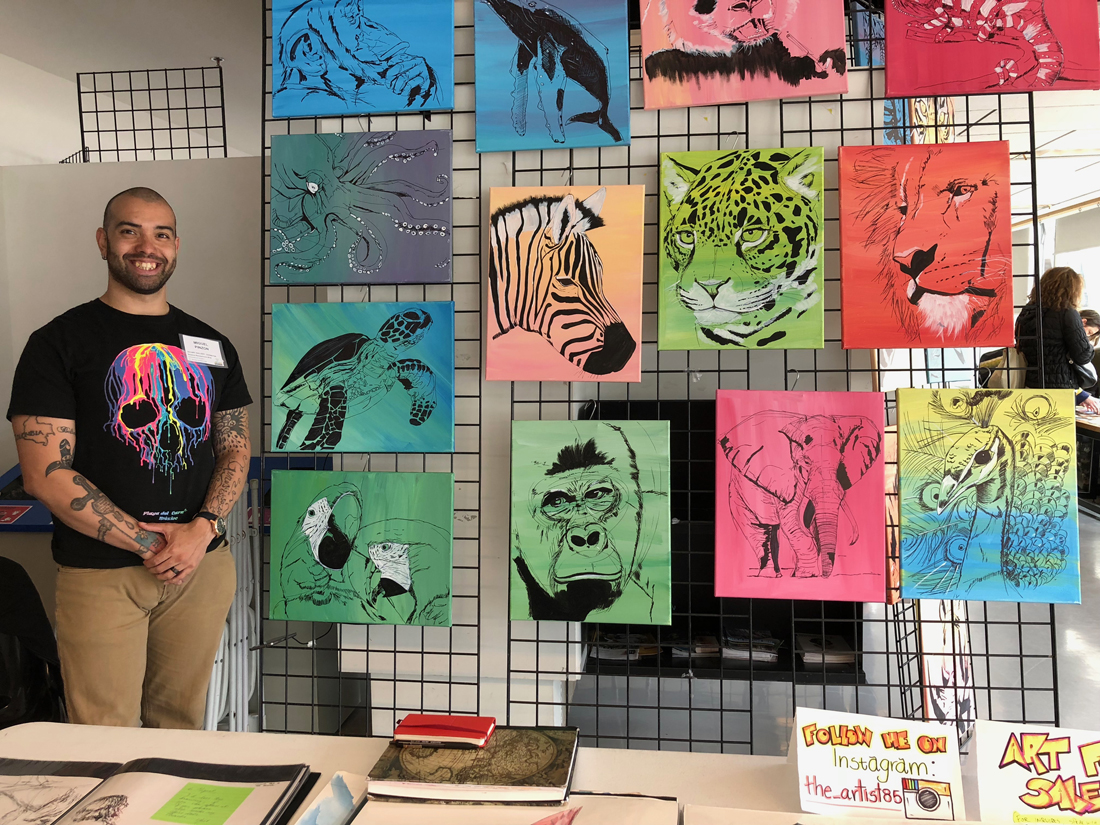
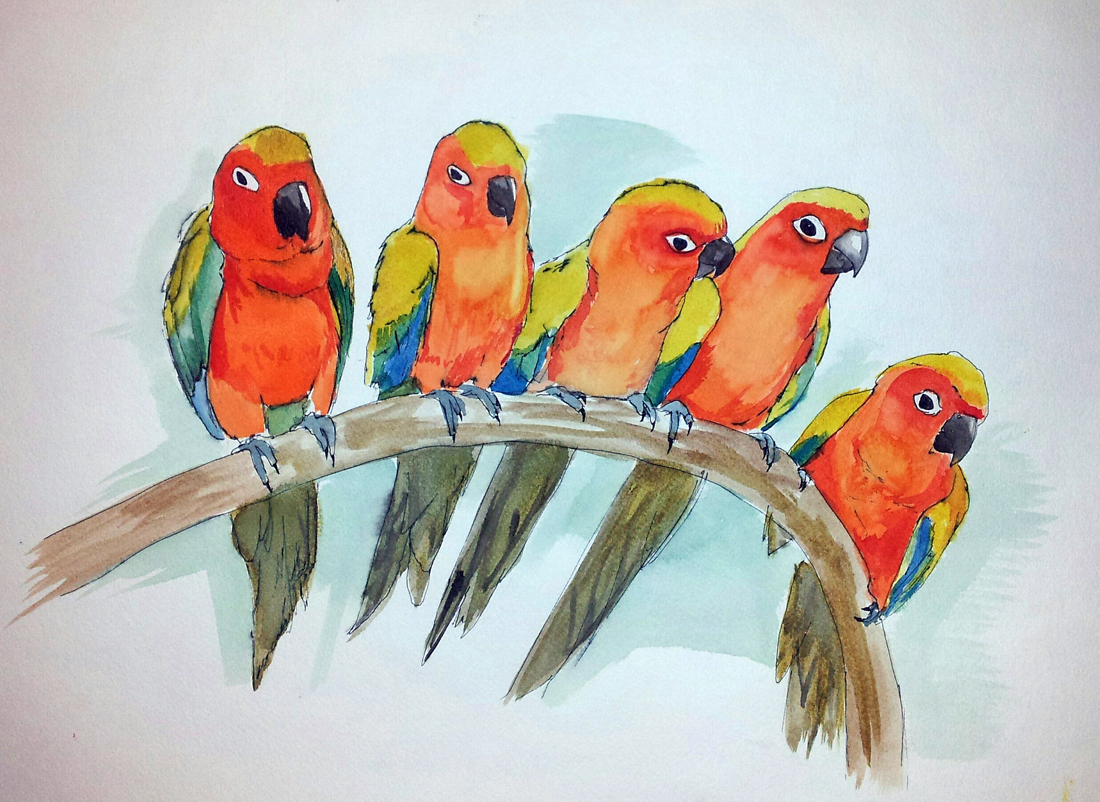
Artist Biography
Miguel Pinzon and is a freelance artist and his style varies from airbrushing, pen illustrating, graffiti, life-drawing, graphic art to urban pop art. He has studied art throughout high school, Seneca College and at the University Of Toronto (Scarborough Campus). Miguel has done several community art events and has instructed art work shops for camps and schools. Science has inspired and will continue to inspire me in a sense through the world of Biology. His primary inspirations are animals, and he remembers he would go every summer to the Toronto Zoo to sit and sketch the animals present. From how they adapt to their unique environments to their unique characteristics, Miguel aims to depict this through his artwork. Biology will continue to be an inspiration in his artwork as he continues to progress as an artist.
.
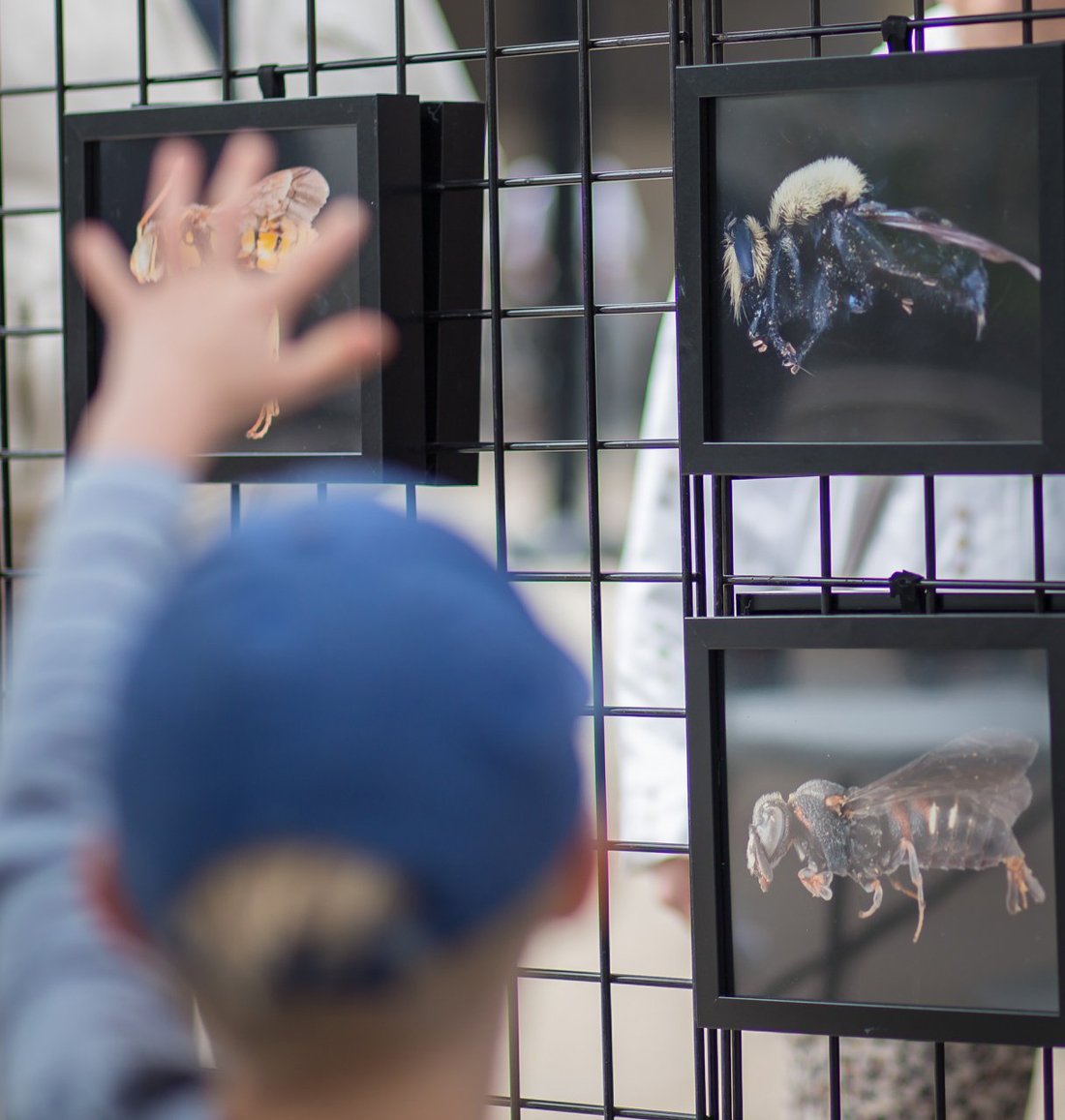
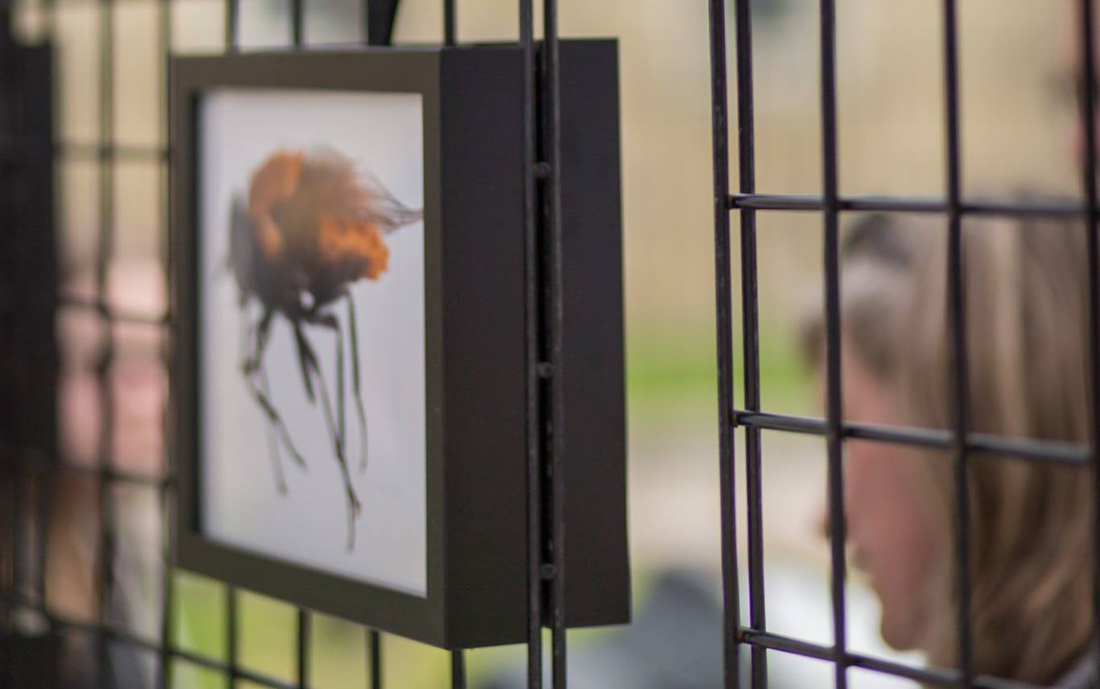
Artist Biography
For Laurence Packer, it has been the other way around, the aesthetic beauty of insects has inspired his science and he has always tried to make his scientific work as aesthetic as possible. Laurence is a melittologist and a Professor with the Department of Biology and Environmental Studies at York University, where his research focuses on wild bees. Laurence has captured the beauty of insects through his stunning photography and his work at the SciArt Gallery will delve more closely into the question of “What is a bee?" and will be profusely illustrated with his many photographs.

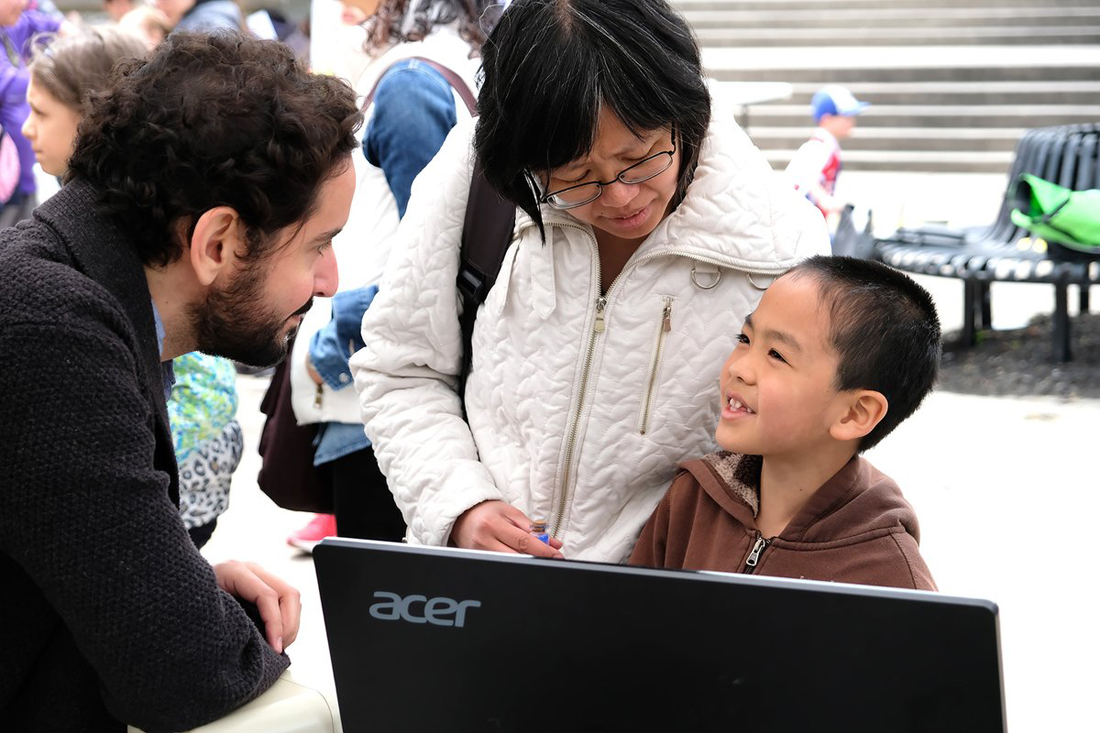
Artist Biography
SYSTEM Sounds is a science-art outreach project that converts the rhythm and harmony of the cosmos into music and sound. Their work has been featured in the New York Times, The Washington Post, The Globe and Mail, on CBC's Quirks and Quarks. In 2018 they created Our Musical Universe, a sound-based planetarium show that helps make astronomy more accessible to the visually impaired.

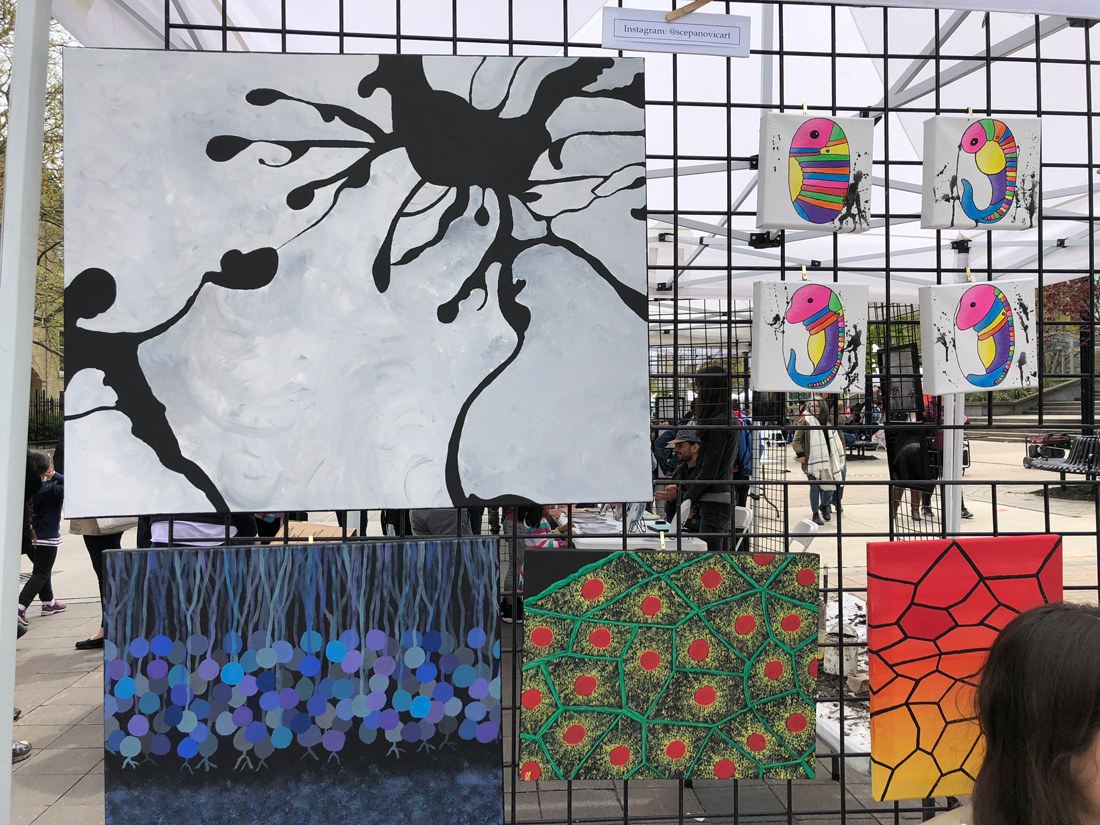
Artist Biography
Vicky Jackson has a strong interest in science and has continuously explored science on the canvas using a variety of media. Gordana Scepanovic is a PhD candidate with the Department of Cell and Systems Biology at the University of Toronto and is fascinated by the art behind the images taken using confocal microscopy. Much of their work has been inspired by fellow scientists in the field and together they have been able to unite scientific knowledge with artistic technique. Their work is best viewed as a collaboration of paintings referred to as "Under the Microscope“ and were primarily inspired by real confocal microscopy images including the natural patterning of epithelial cells and plant cells, neuronal interactions, and butterfly scales. These two SciArtists continue to explore the marriage of these seemingly different fields and share their work with the community.
.

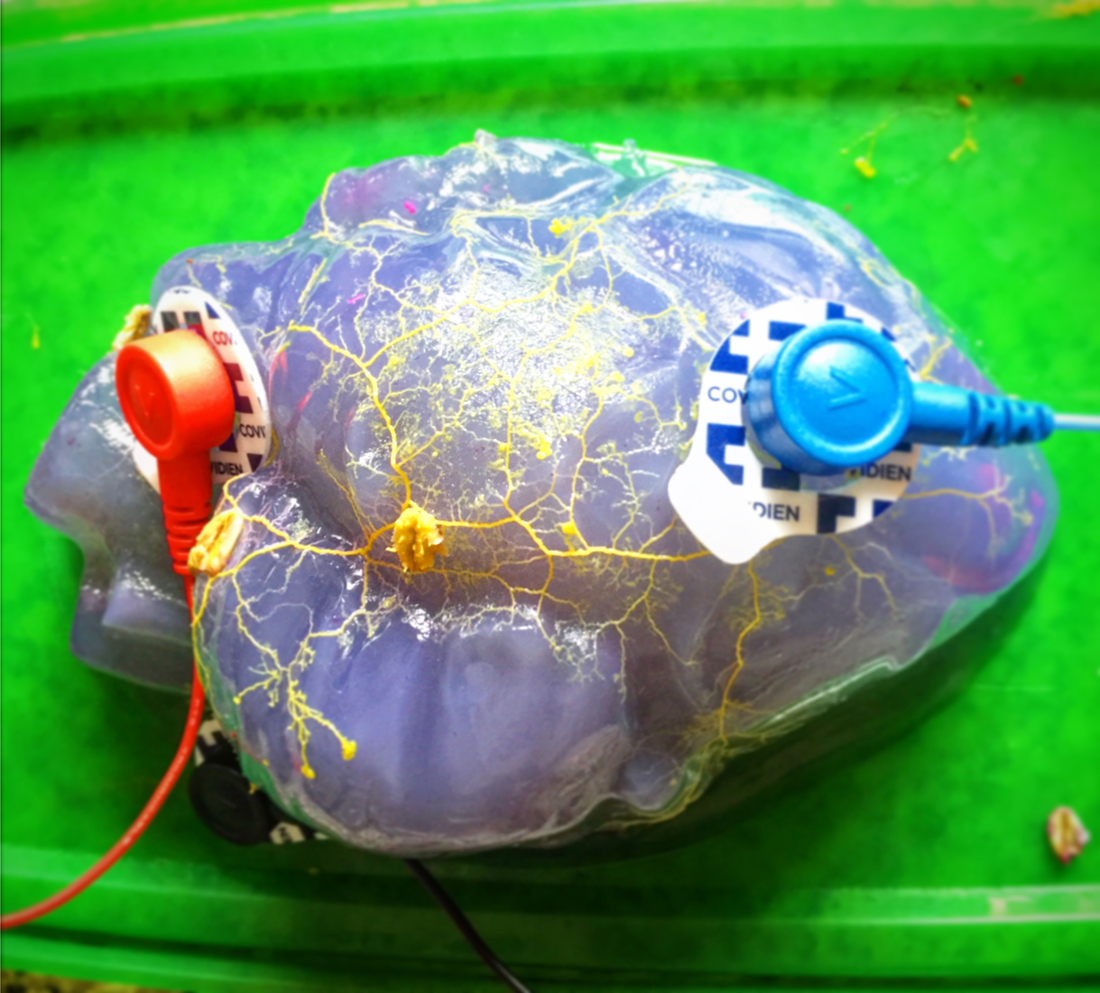
Artist Biography
Tosca Teran, aka Nanotopia, is a Toronto based multidisciplinary artist. Born in San Francisco, California, Tosca relocated to Canada in 2001. Working with metals, computer coding and animation since the mid-eighties, Tosca was introduced to glass as an artistic medium in 2004. Through developing bodies of work incorporating metal, glass and electronics, Tosca has been awarded scholarships at The Corning Museum of Glass, Pilchuck Glass School and The Penland school of Crafts. Her work has been featured at SOFA New York, Culture Canada, Metalsmith Magazine, The Toronto Design Exchange, and the Memphis Metal Museum. Most recently, Tosca has been awarded residencies at Gullkistan Centre for Creativity, Nes artist residency Iceland, The Association of Icelandic Visual Artists and the Ayatana SciArt Research Program in Ottawa. Tosca founded nanopod: Hybrid Studio maker space in 2005. Continually exploring new materials and tools, Tosca started collaborating artistically with Algae, Physarum polycephalum and Mycelium in 2016, translating biodata from non-human organisms into music.

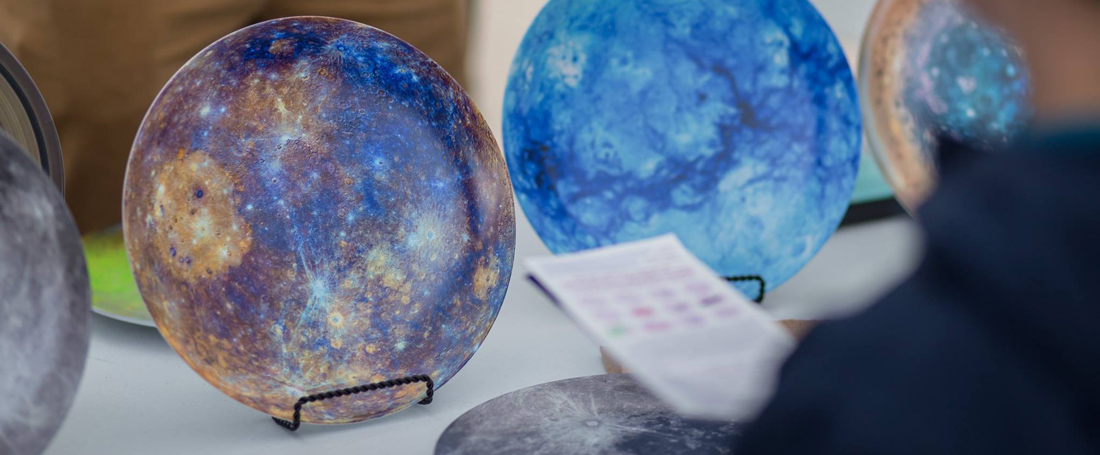
Artist Biography
Nature, to both the artist and the scientist, is art in its purest state - behind its exquisite patterns lie a truth and meaning to the natural laws of our earth and the universe, and still deeper, a glimpse into our connectivity to all things. Artist Harrison Taylor and Planetary Scientist Noah Hammond are collaborating on a science-based art series that showcases the icy world of Pluto. In 2015, NASA's New Horizon spacecraft captured stunning up-close photos of Pluto's surface as it flew by. Many bizarre and beautiful landforms can be observed. Although 40 billion miles from Earth, glimpses of the geologic patterns can be seen that speak to the eons of change over countless planetary canvases. Images of Pluto will be presented and chosen to highlight the unique frozen majesty of its surface and to open people's minds to the infinite natural beauty hiding in the reaches of deep space. Scientist Hammond brings forward an analytical take of such images, while artist Taylor views the images through a more subjective lens. The magic therein lies where these two perspectives meet - how they inform one another and how they influence each other, for nature itself informs and influences both art and science alike.



